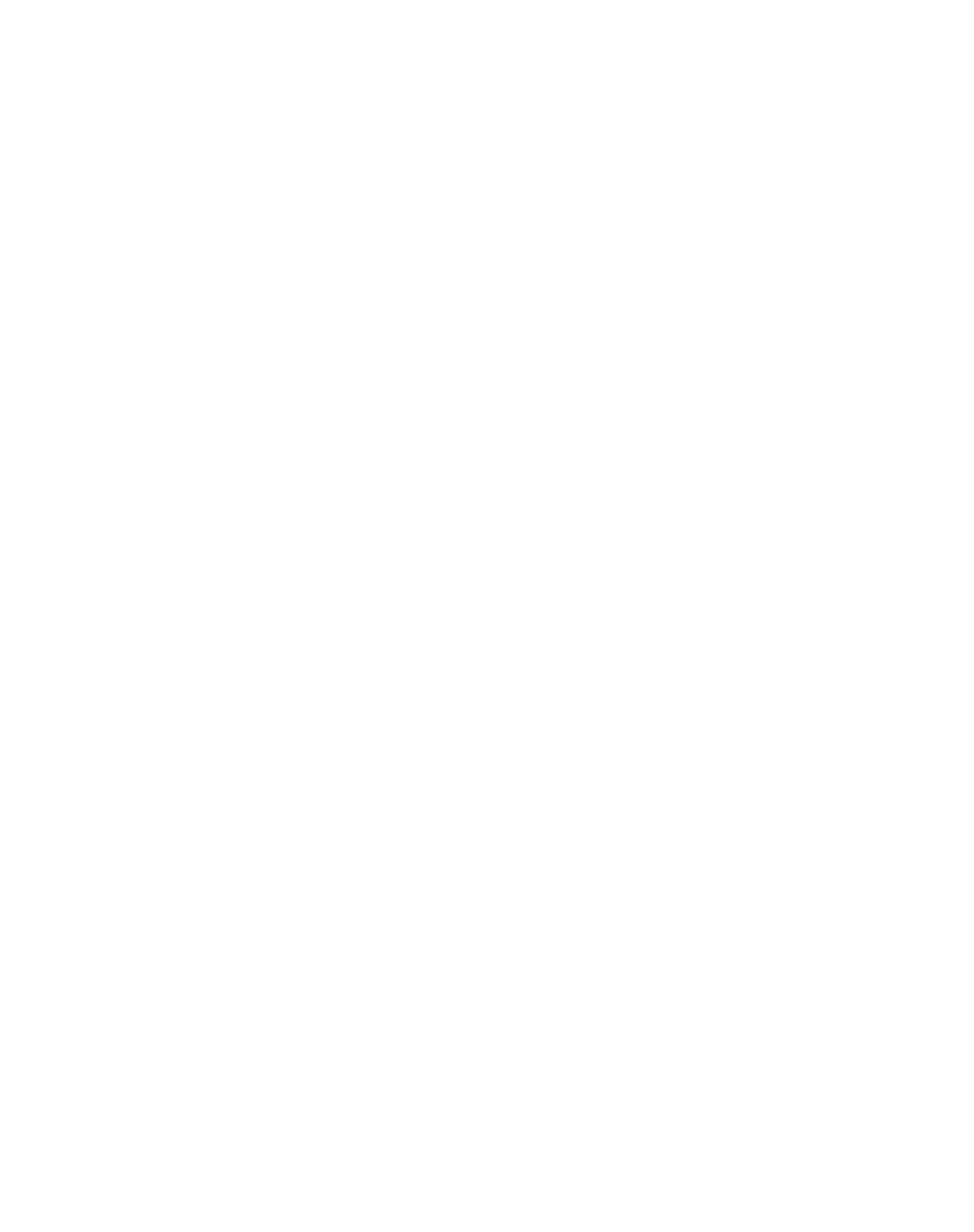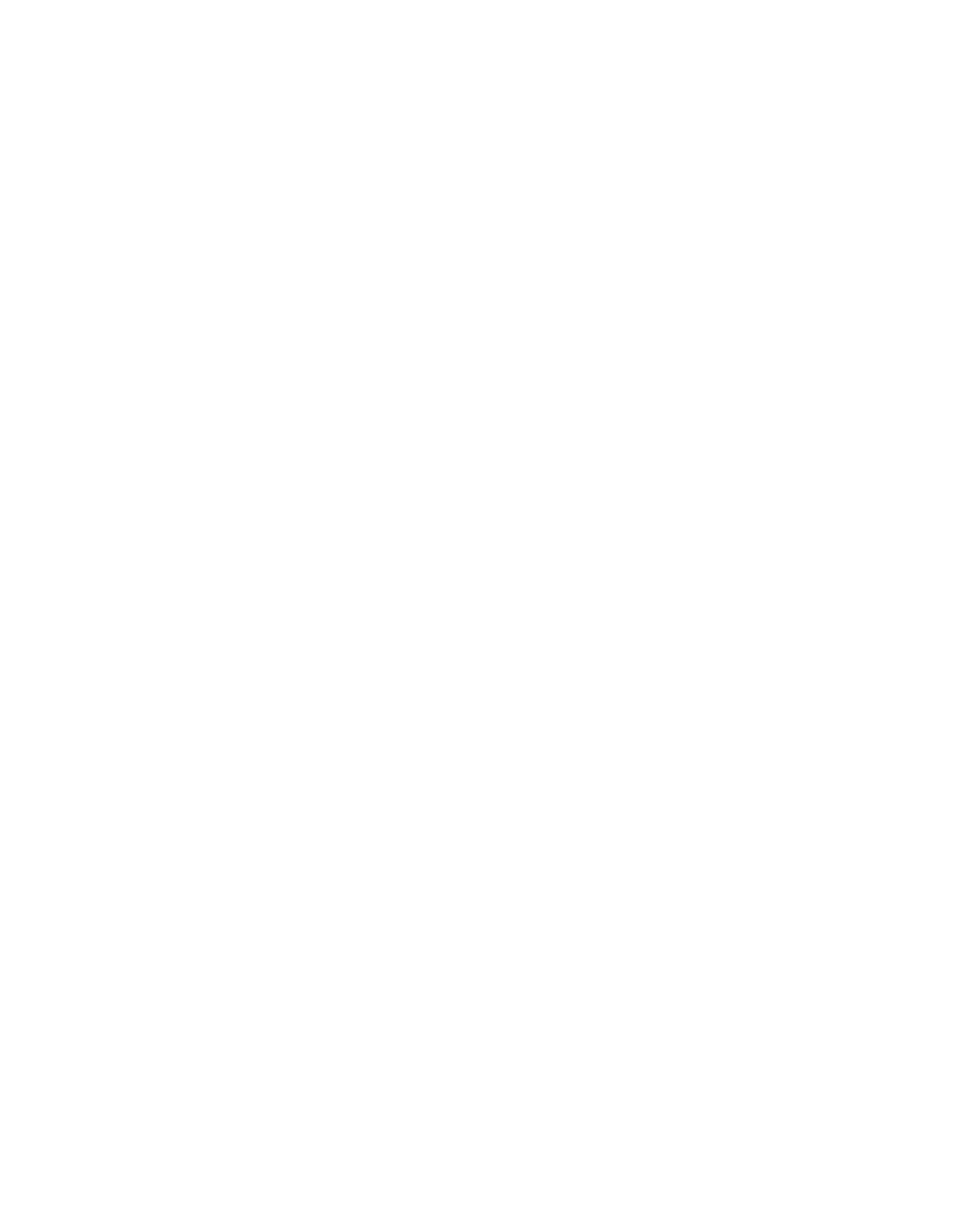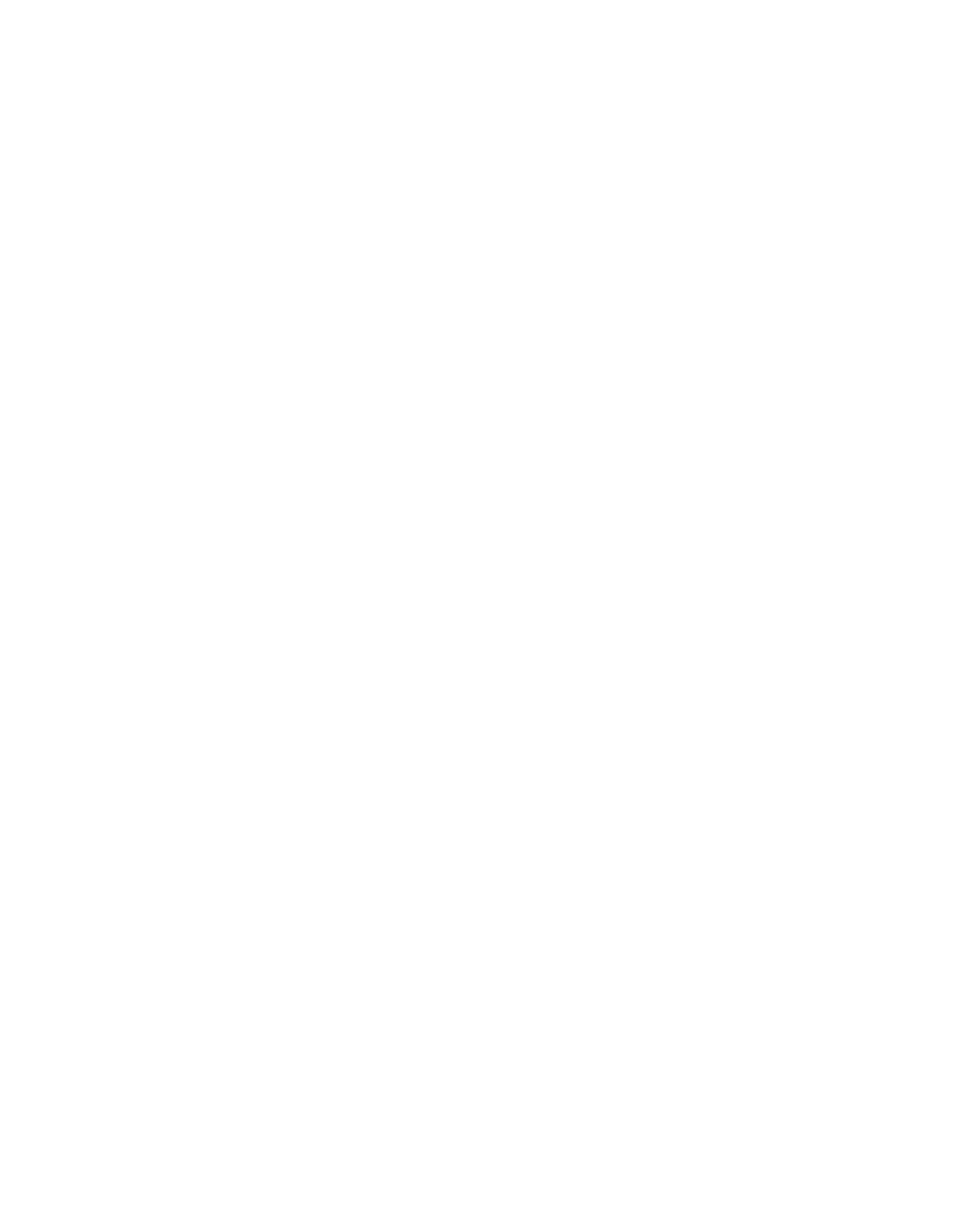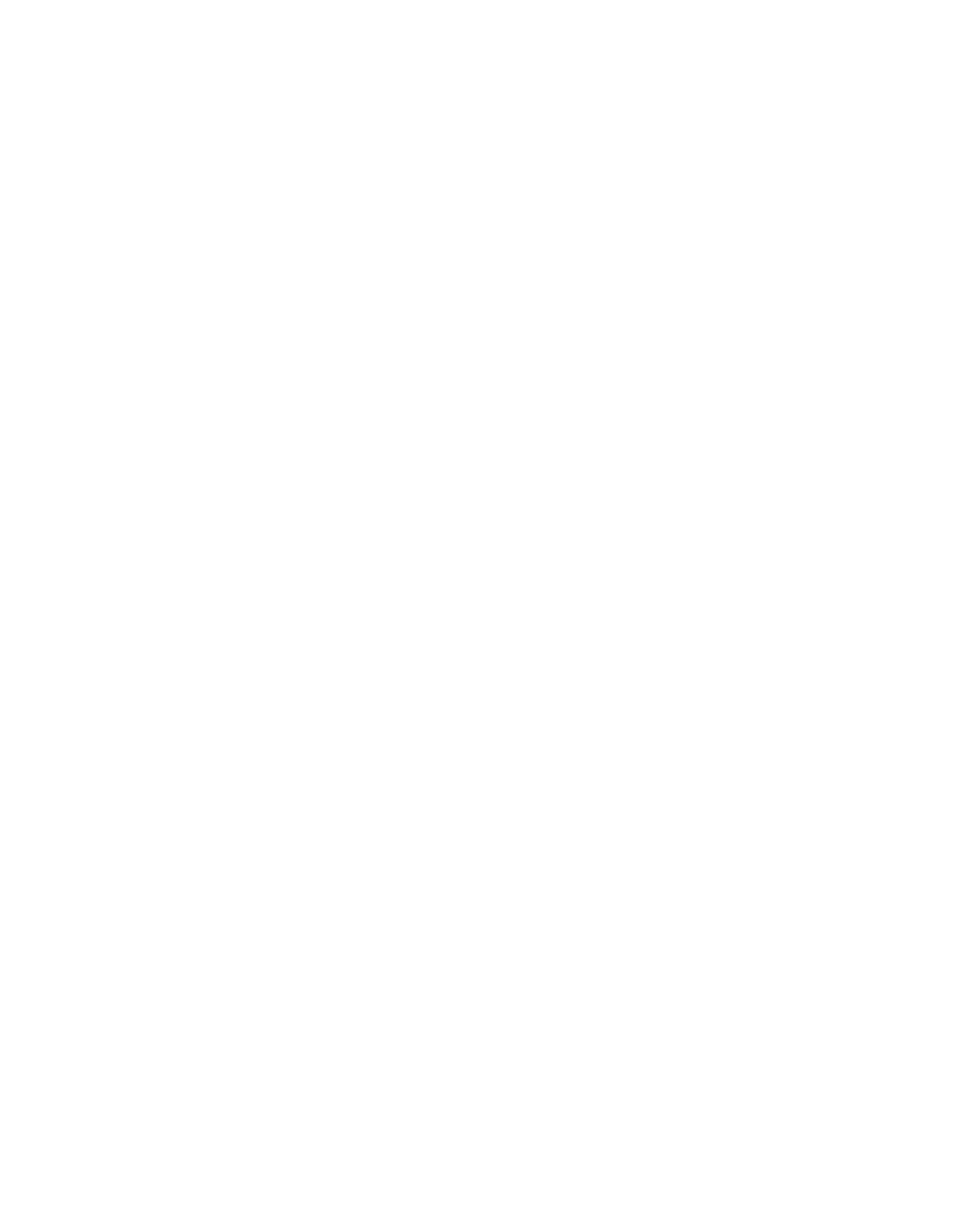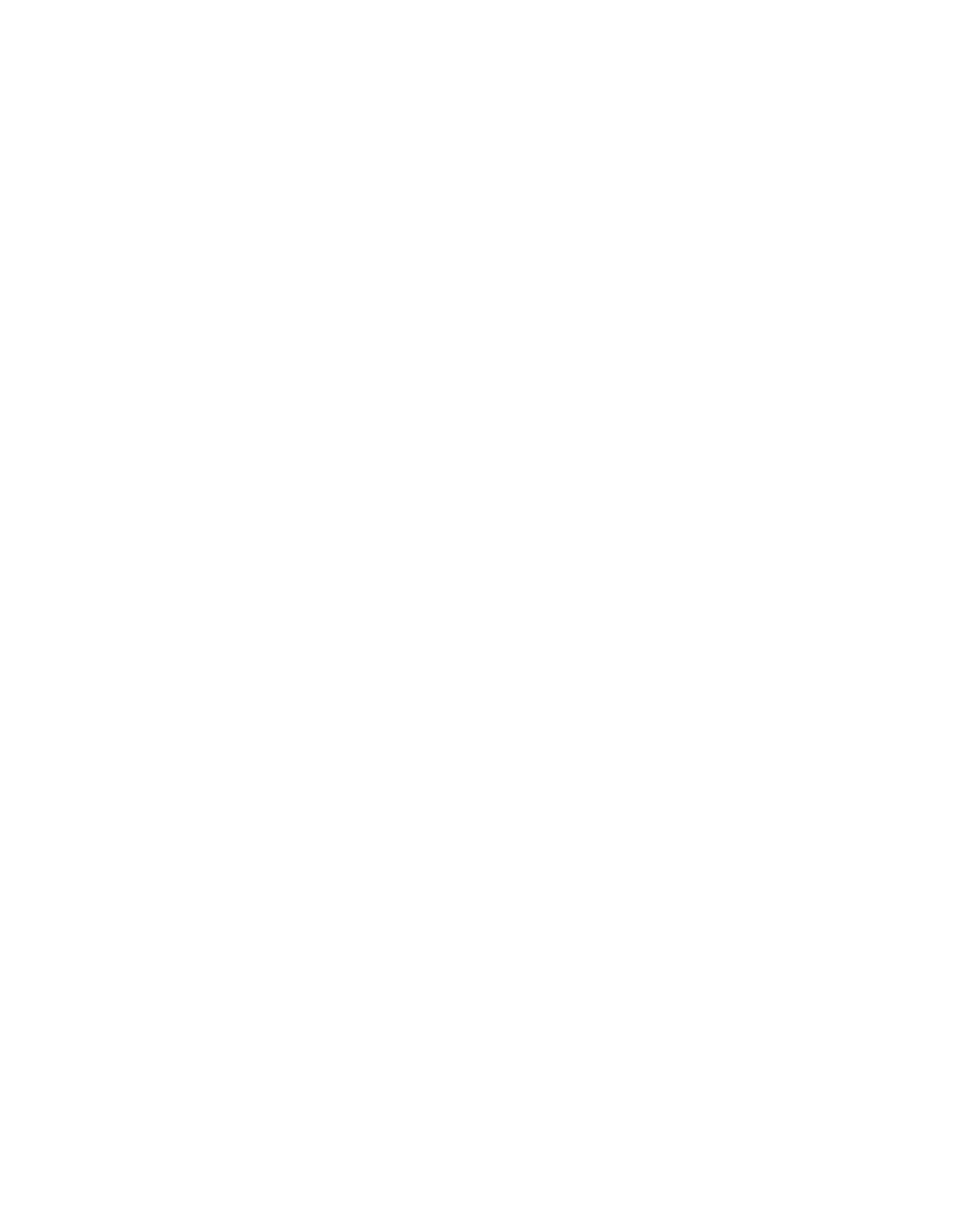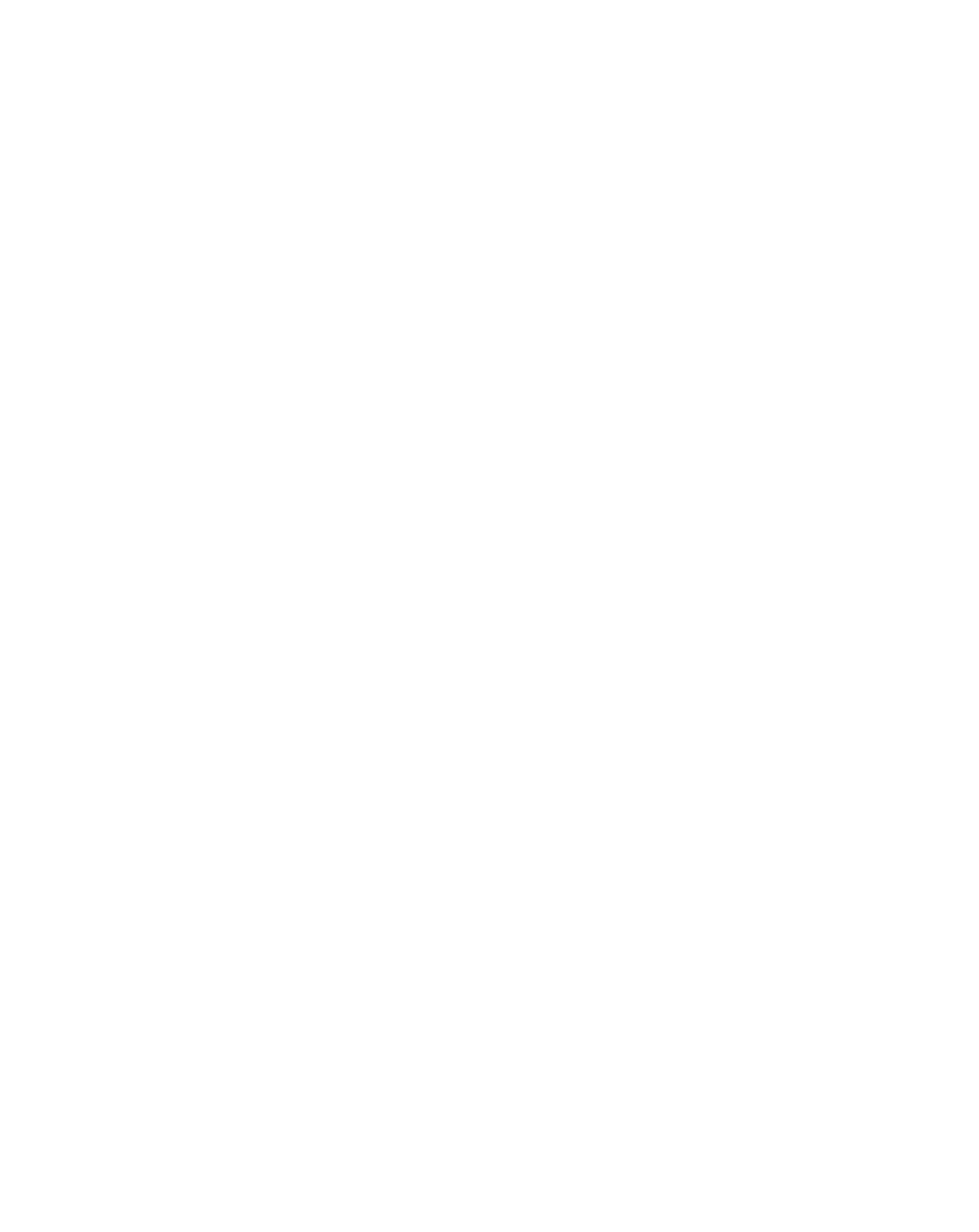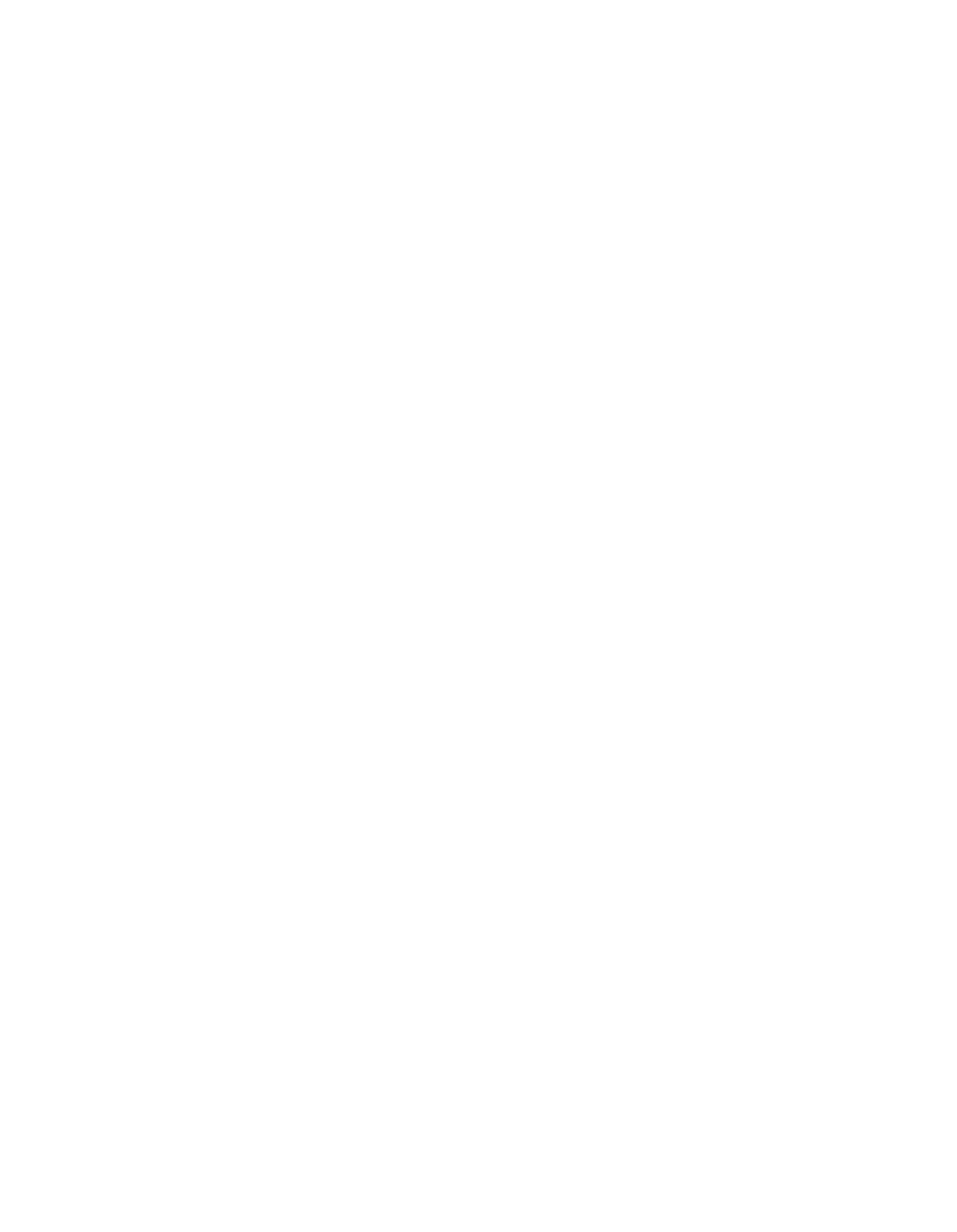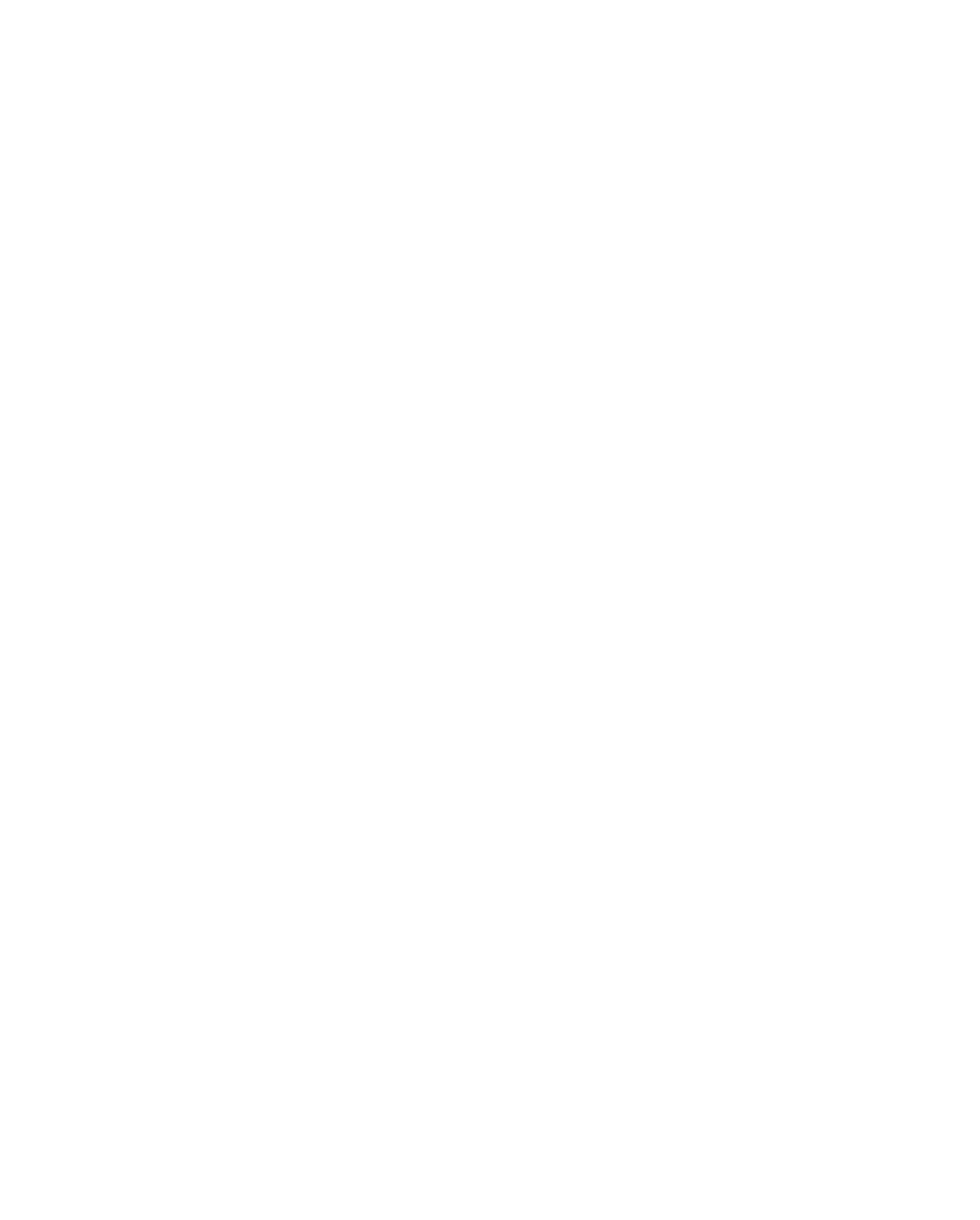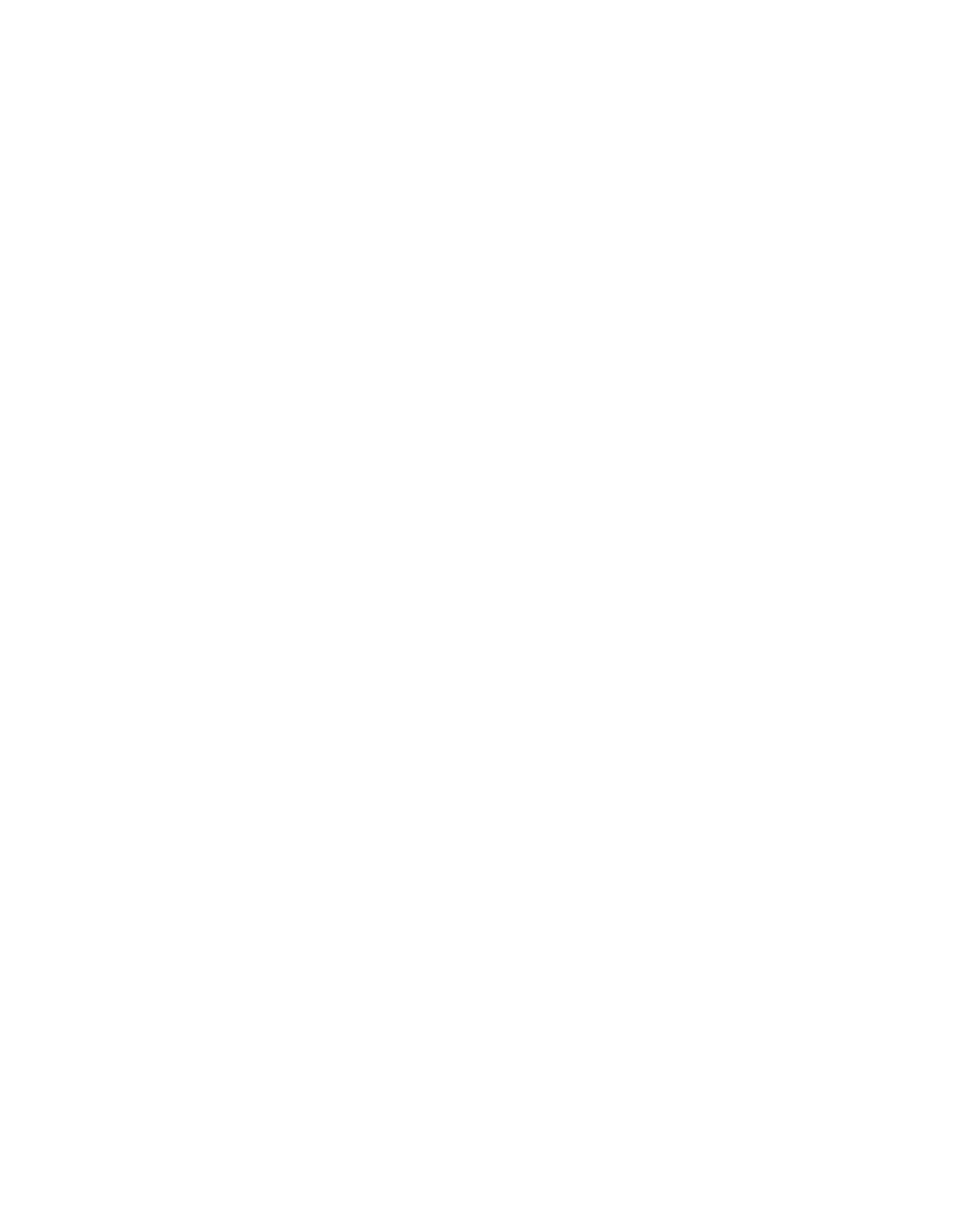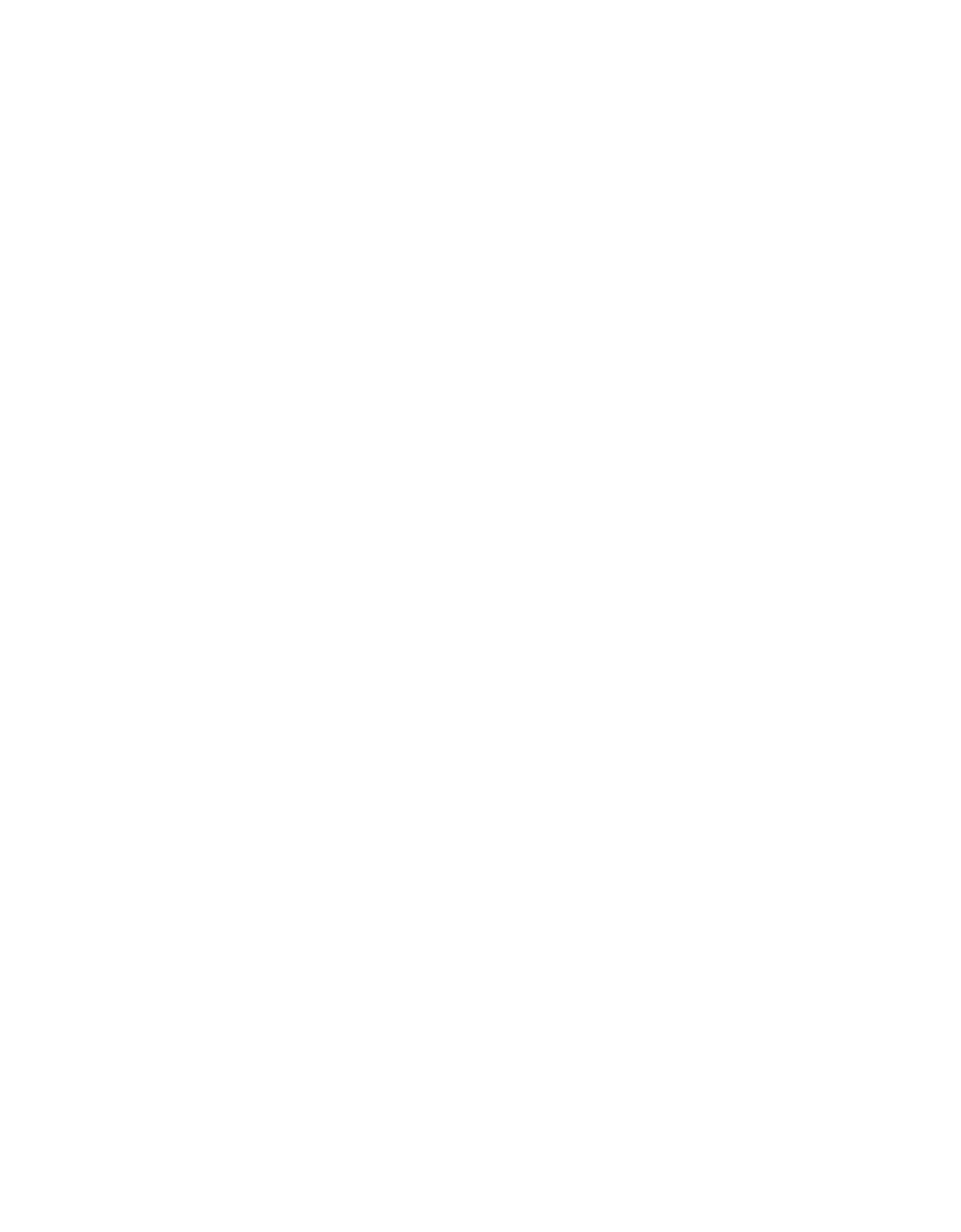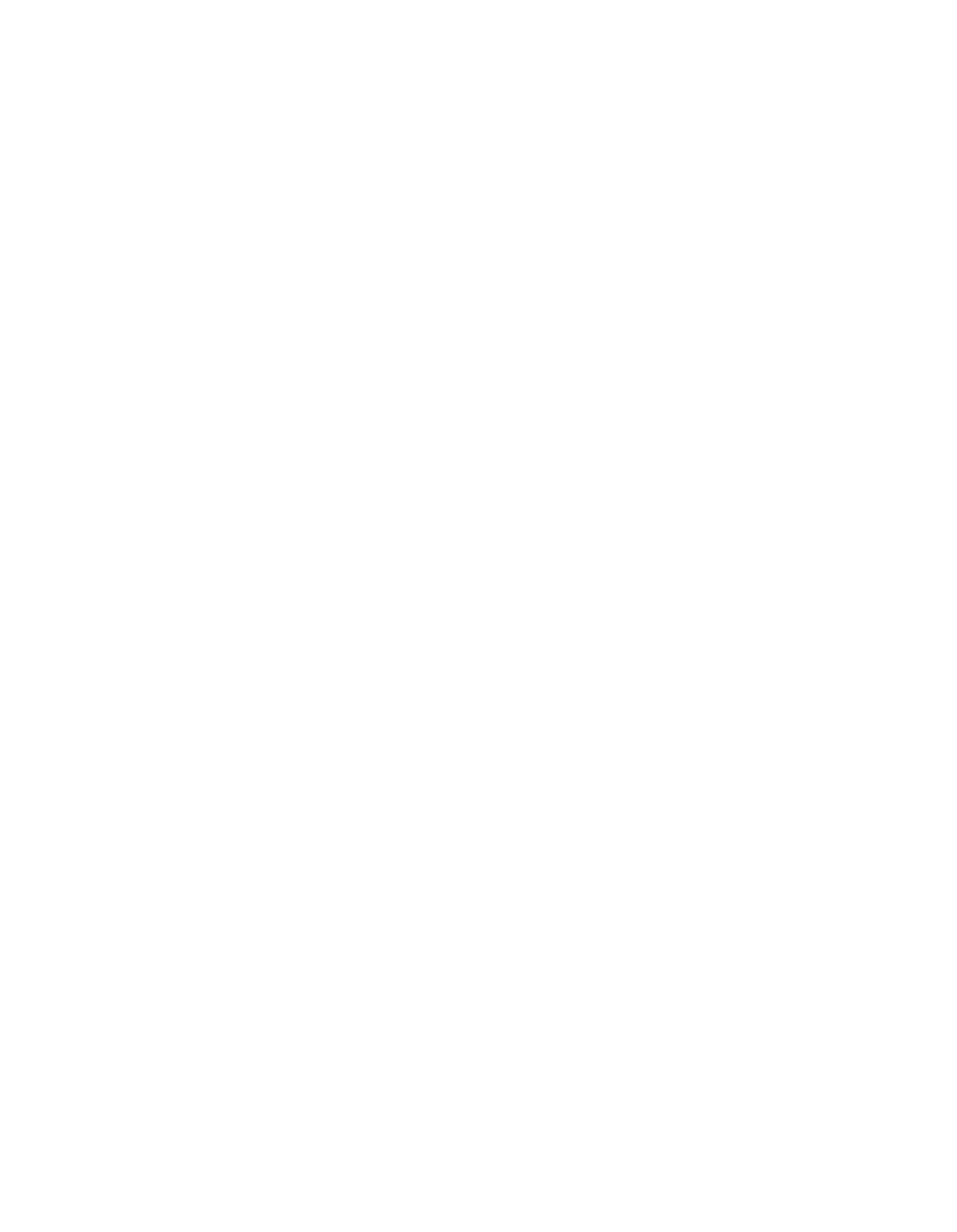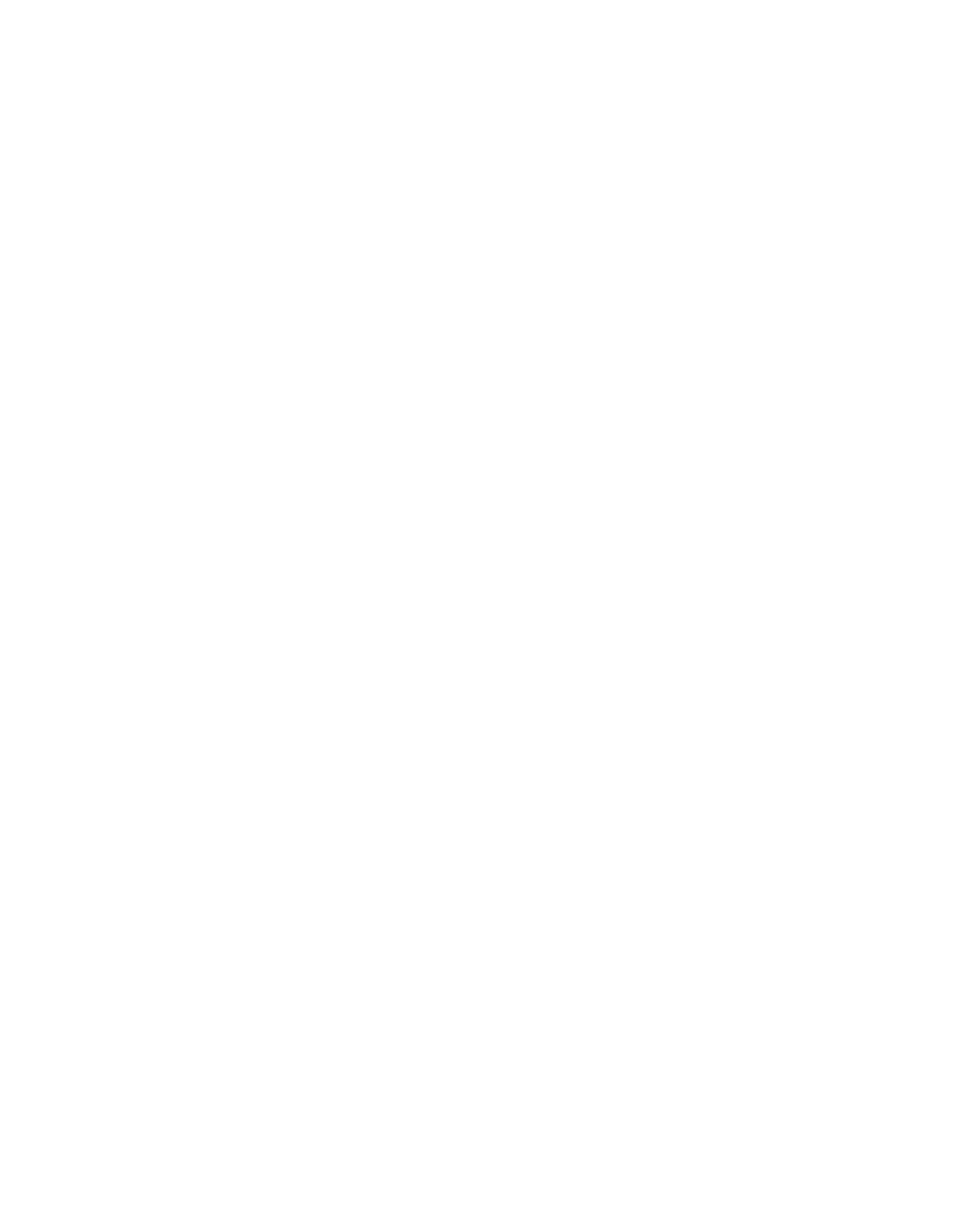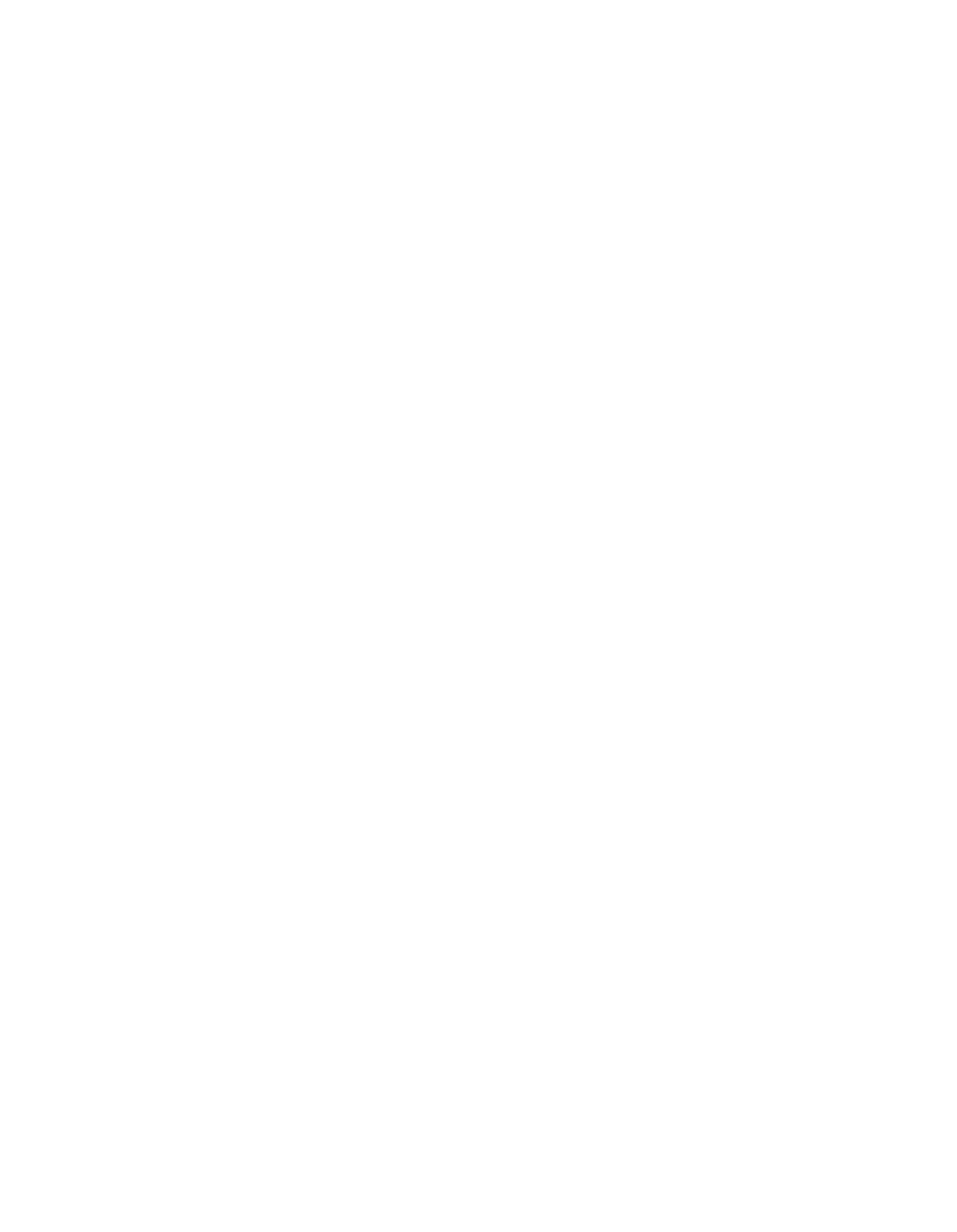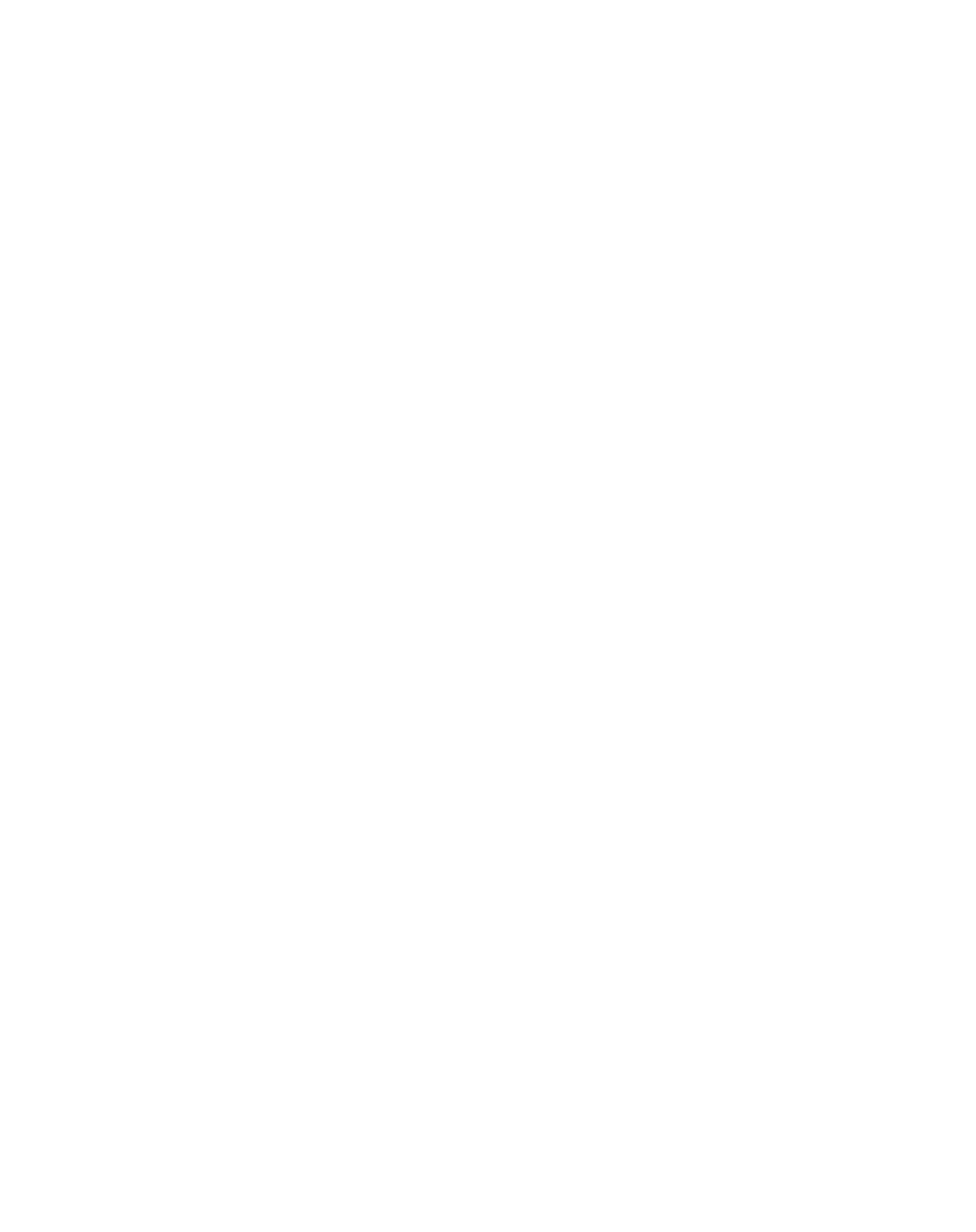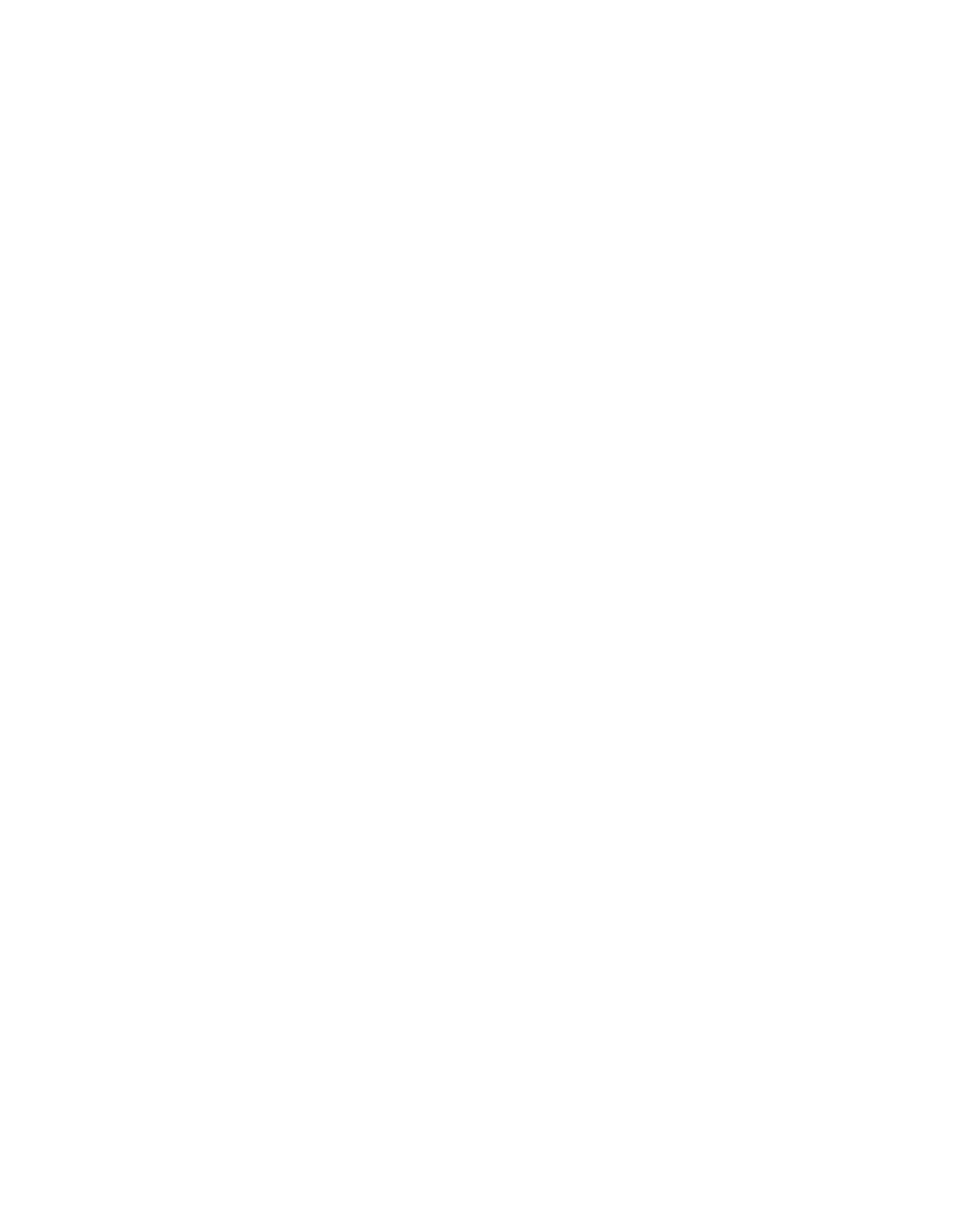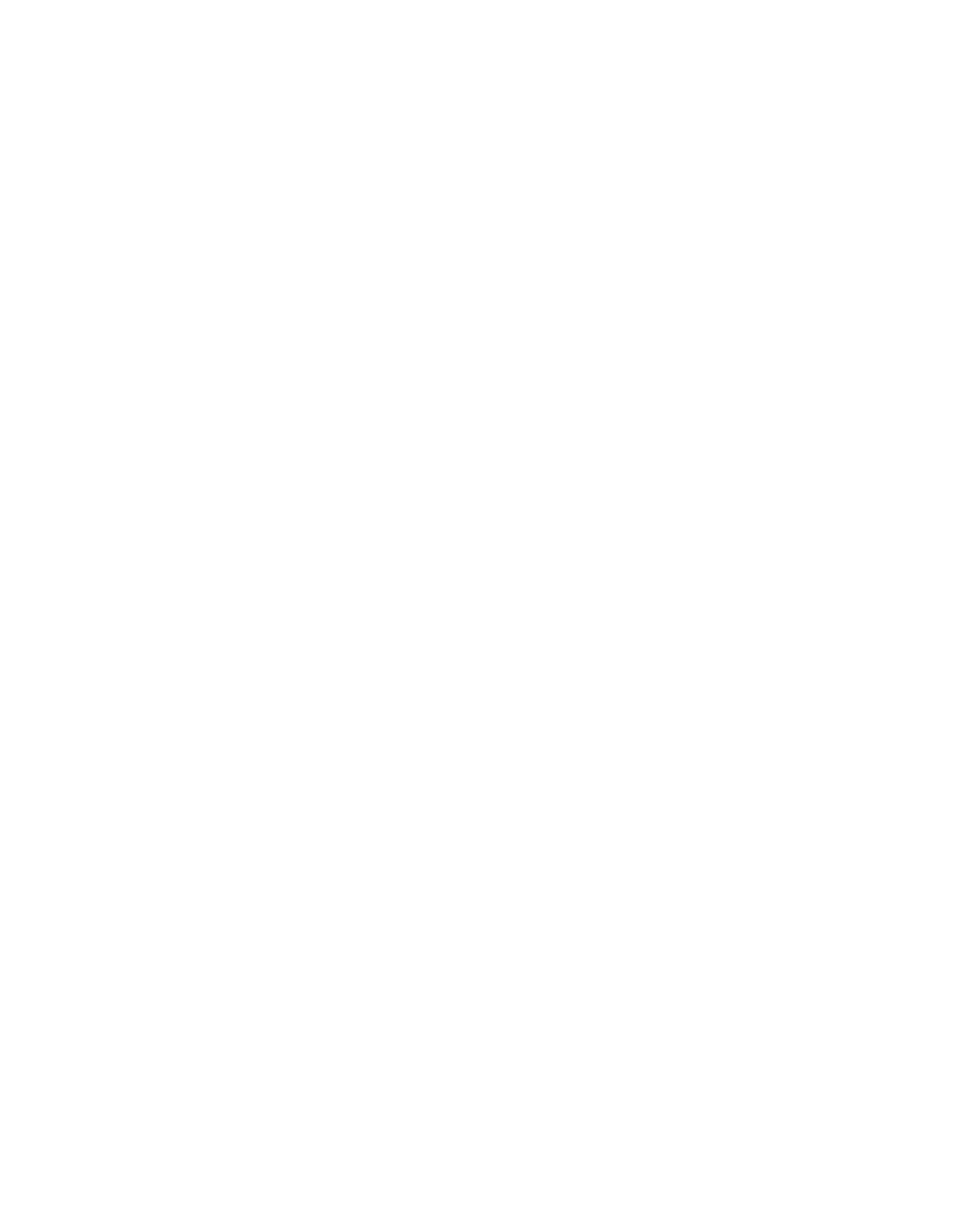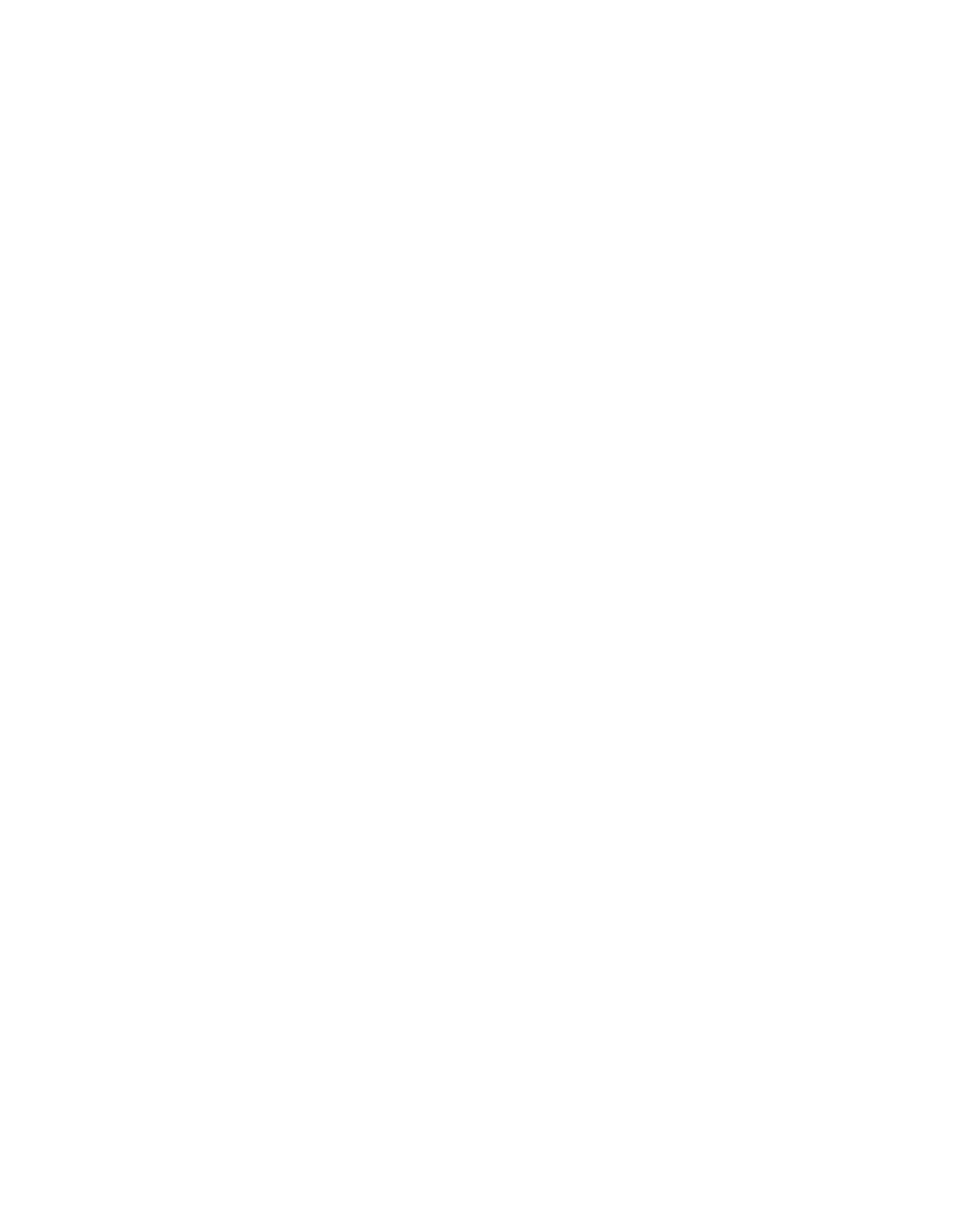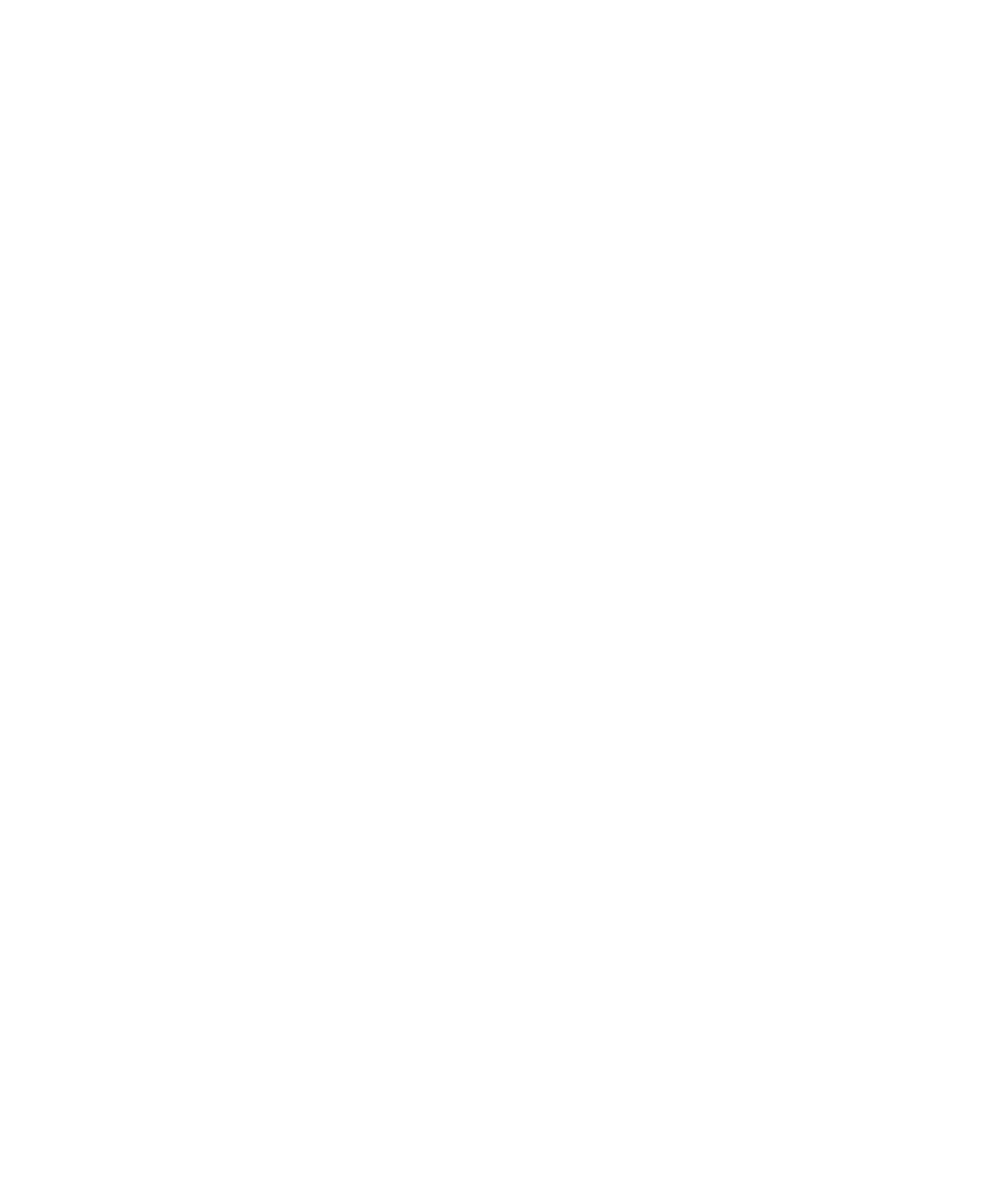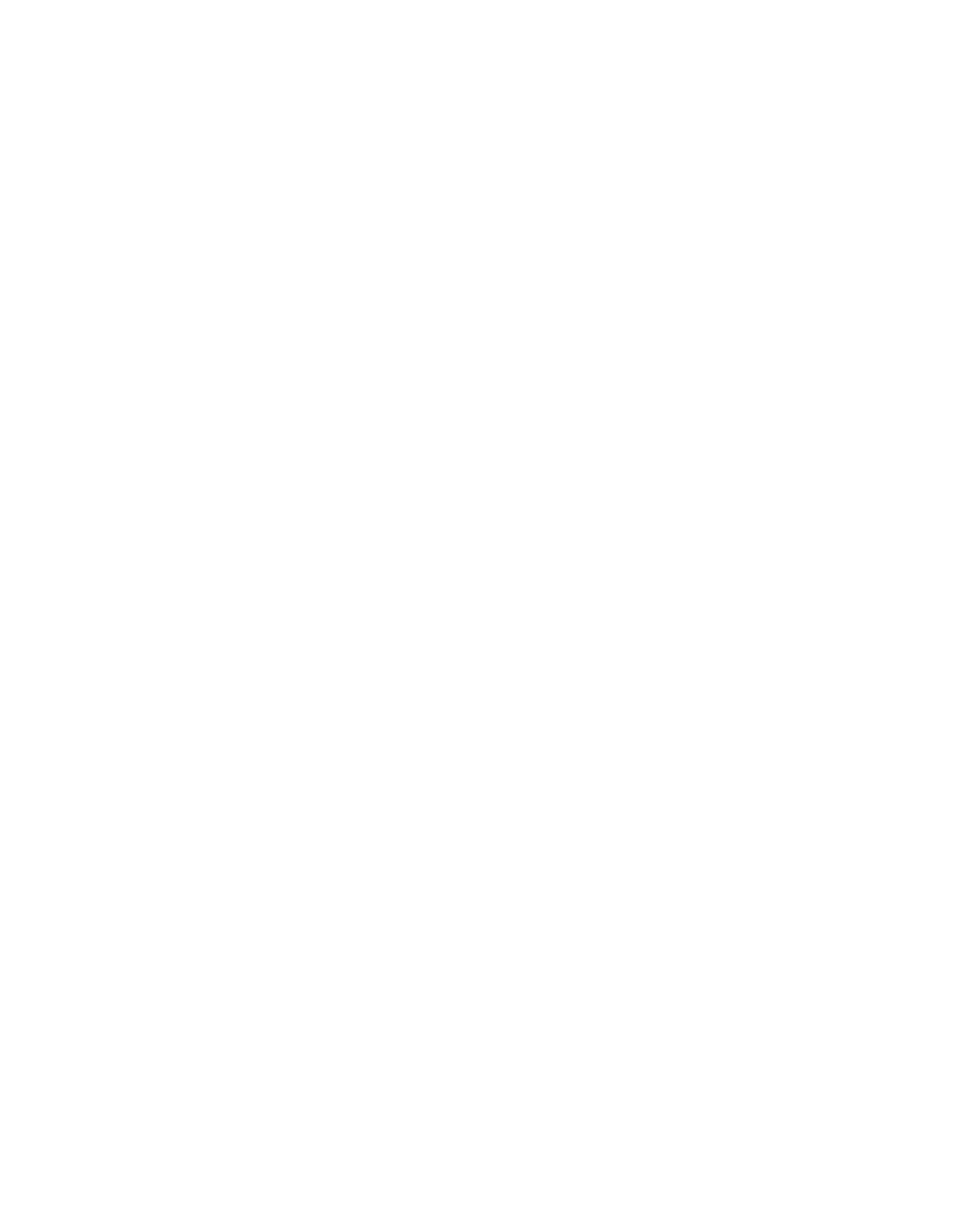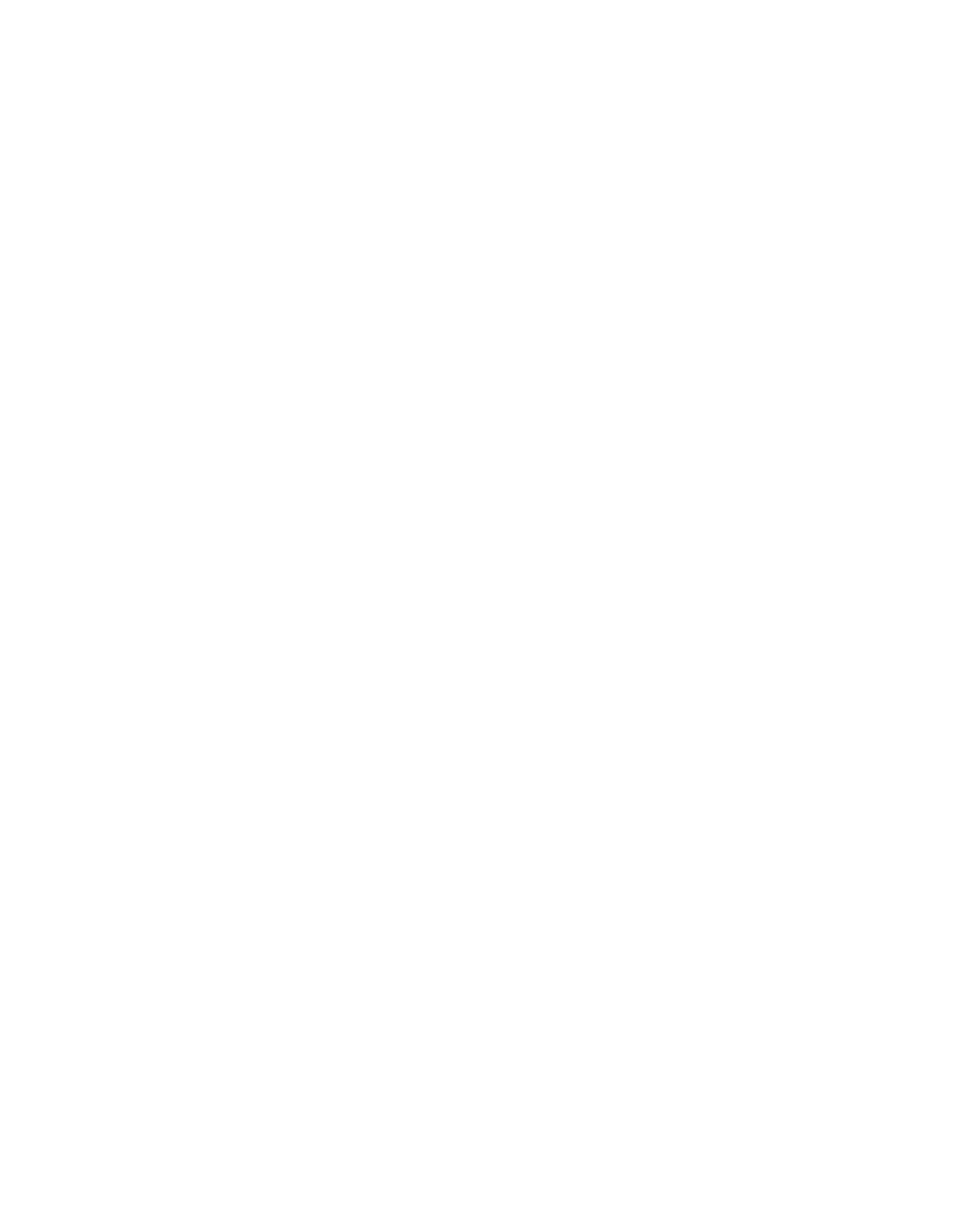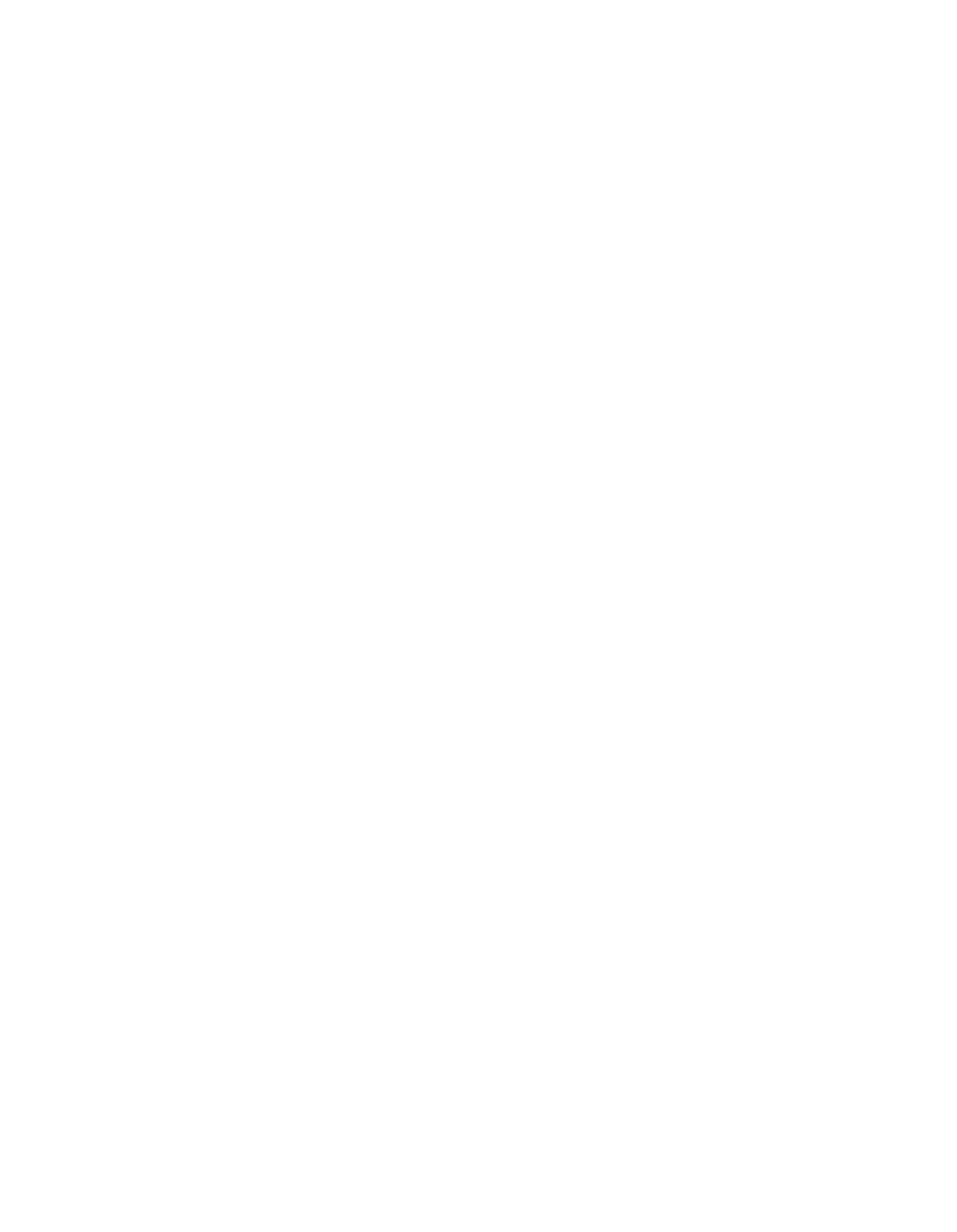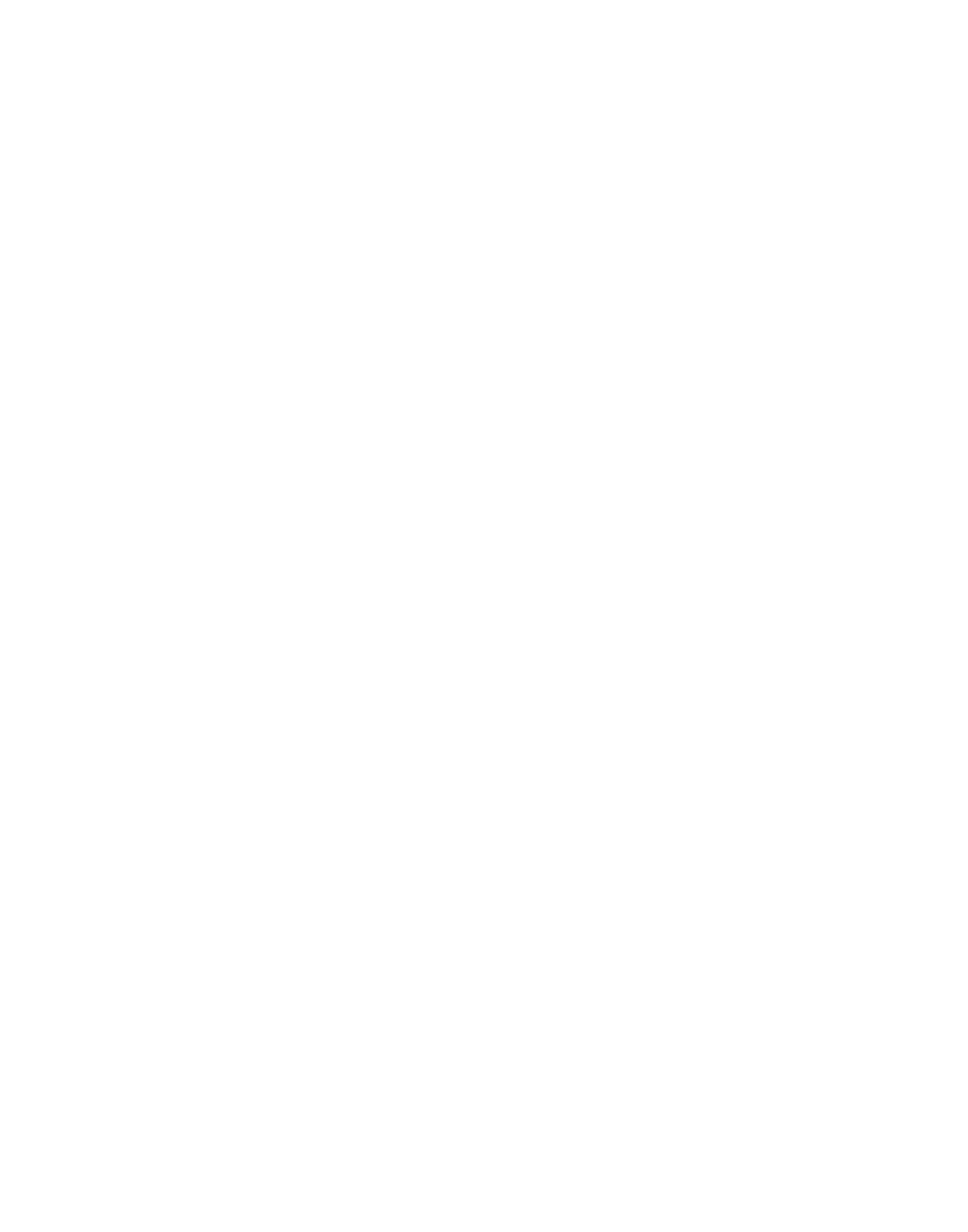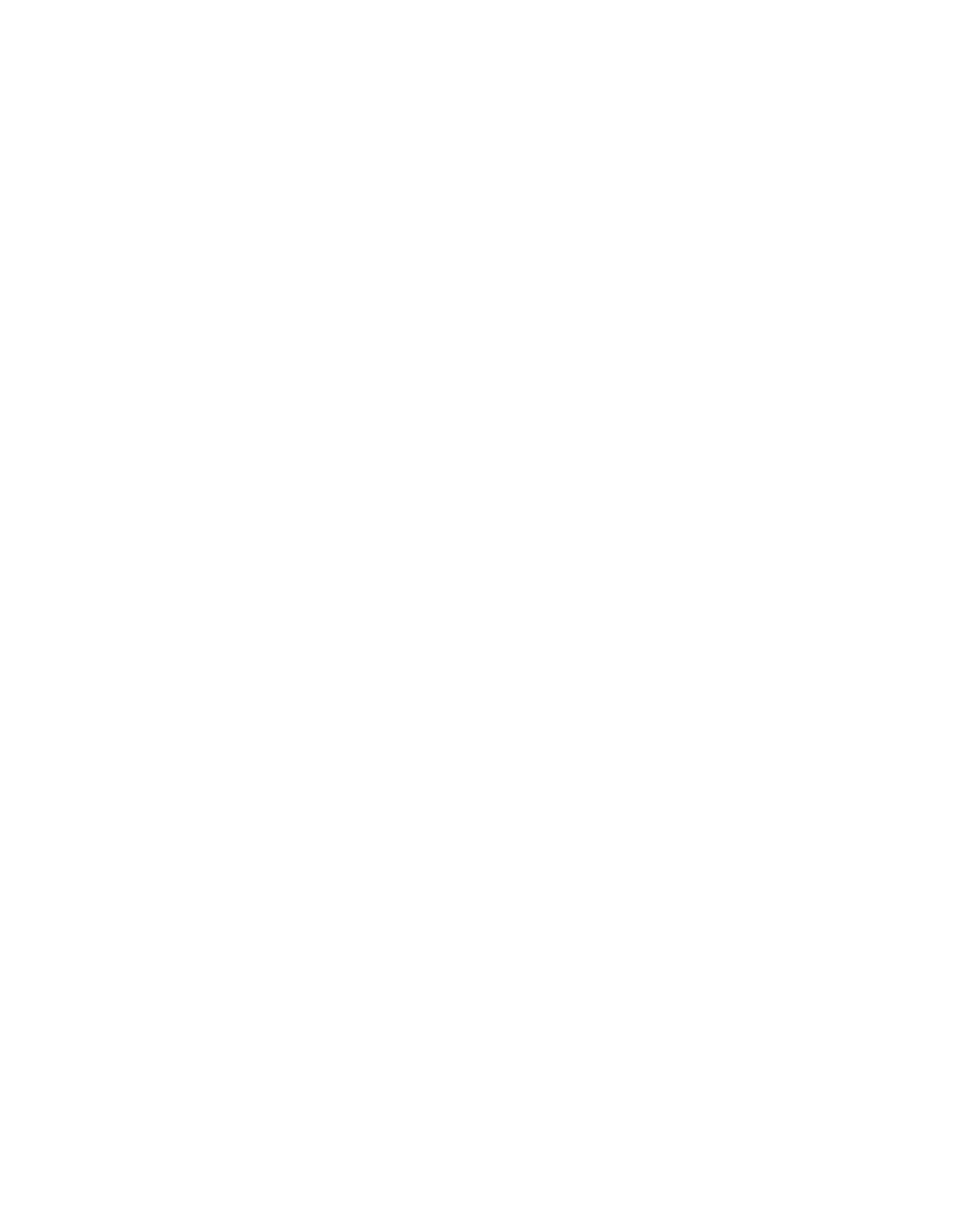ILLINOIS POLLUTION CONTROL BOARD
July 2,
1986
IN THE MATTER OF:
)
PARTICULATE EMISSION LIMITATIONS,
)
R82—l
(Docket A)
RULE 203(g)(l)
AND
202(b)
OF
CHAPTER 2
ADOPTED RULE
FINAL ORDER.
OPINION AND ORDER OF THE BOARD
(by
3.
D. Dumelle):
This proceeding has
a
long and complicated procedural
history.
On January 21,
1982,
the Board proposed the readoption
of Rules 203(g)(1)
now
codified
at
35 Ill.
Adrn.
Cpde 212.201
—
212.204: Particulate Matter Emissions
and 202(b)
now
codified
at
35
Iii.
Adm. Code 212.121
—
212.125: Opacity
of Chapter
2
now
35
Ill.
Adm. Code, Subtitle
B:
Air Pollution Rules
.
These
proposed rules concerned limitations upon particulate emissions
for fuel combustion emission sources using solid fuel exclusively
and opacity emissions.
Hearings were held
to consider the merits
and economic impact of these proposed
rules on April
13 and April
21, 1982,
and August
3,
August 12,
and September
29, 1983.
The
public comment period ended on February 2, 1984.
On July 19,
1984,
the Board adopted
a Proposed Rule/First
Notice Proposed Opinion and Order which was published in the
Illinois
Register on August 24, 1984,
at
8
Ill. Reg.
15561.
Four
comments were
filed during the first notice period which closed
on October
10, 1984.
In response to those comments,
the Board
amended the proposal and adopted a Proposed Rule/Second Notice
Order
on December
6, 1984.
However,
instead
of filing
the second
notice proposal with the Joint Committee on Administrative Rules
at
that time,
the Board allowed
a comment period since
the Second
Notice Order differed substantially from first
notice..
Motions
to extend the comment period were filed by various participants
to the proceeding
on January 10, January 14, February 26 and
March 25, l985~.
Comments and
a proposed amendment were filed
by
the Illinois Environmental Protection Agency (Agency)
on April
24,
1985.
Based upon the comments received,
the Board did not proceed
to file second notice with the Joint Committee on Administrative
Rules
(JCAR)..
Rather,
on May 16, 1985,
the Board adopted
a
Proposed Rule/Second First Notice Order.
First notice was
published at
9
Ill.
Reg.
10590, July 12, 1985.
Hearing was held
August 13, 1985 and various post hearing comments were filed
during October
8—16, 1985.
70.409
—2—
The Board then adopted
a Proposed Rule/Second Second Notice
Order
on December
20, 1985.
However, again prior
to commencement
of
the second notice period,
the Agency filed
a motion to
reconsider which was granted by order of February 6,
1986,
at
which time the Board again modified the proposal
in
a Proposed
Rule/Third Second Notice Order.
Thereafter, due to additional problems which arose
concerning
the opacity rules, on March
14, 1986,
the Board
adopted
an interim order which separated this proceeding into two
dockets:
one for
the purpose of proceeding with the particulate
rules
(Docket
A) and another
to
further consider
the opacity
rules.
The Board hoped
to proceed
to second notice on the
particulate
rules which
no longer appeared
to be subject to
controversy while
it continued to consider what should be done
with the opacity
rules.
Unfortunately,
the second notice
filing
regarding the particulate
rules was rejected by JCAR as
incomplete since
the second first notice had included both sets
of rules and the second notice did not.
Therefore,
the Board was
compelled to complete
its consideration of
the opacity rules
prior
to proceeding to second notice.
On May
9,
1986,
the Board adopted
a Proposed Rule/Fourth
Second Notice Proposed Opinion and Order again modifying the
opacity rules.
Second notice was received by JCAR on May 16,
1986,
and was considered by JCAR on June 23, 1986,
at which time
it objected
to each
of the opacity
rules but none of
the
particulate rules.
In response the Board has determined that
it
will withdraw the opacity rules but will proceed
to adopt and
file the particulate rules..
The Board has today adopted
a
Resolution
and Order to that
effect..
A new first notice
order
will be adopted concerning the opacity rules
in the near future
under Docket
B.
INVALiDATION OF THE PARTICULATE RULES
Regulations controlling emissions of air pollutants were
adopted by the Board on April
13,
1972,
in R71—23 as Part II of
Chapter
2.
Commonwealth Edison subsequently filed
a petition in
the First District Appellate Court seeking review of several
of
those
rules,
including Rule 203(g)(l):
Particulate Emission
Standards and Limitations for Fuel Combustion Emission Sources
Using Solid Fuel Exclusively.
The Appellate Court
in
Comrnonweaith Edison Compafly v. Pollution Control Board
,
25
I11.
App..
3d
271,
323
N.E..
2d
84
(1975),
reversed the adoption of
those rules
and remanded them to the Board
for further
consideration with instructions either to validate
them in
accordance with Section
27 of
the Environmental Protection Act
(Act)
or
to prepare proper rules
as
substitutes.
In its opinion
the Appellate Court was “unable to
state that the Board
took into
account the technical feasibility
of these rules,”
and that
“there
is no evidence that
the Board
took into account
the
70-410
—3—
economic reasonableness of these
rules
for
a substantial number
of the generating units in this state..”
The Court concluded that
the regulations were not promulgated
in accordance with Section
27 of
the Act and were,
therefore,
arbitrary and unreasonable..
The Court also instructed
the Board
to review any new evidence
for the purpose of validating
or modifying the rules.
The Appellate Court decision was appealed by the Board
to
the Illinois Supreme Court.
ComnionweaithEdisonCompanyv.
Pollution Control Board,
72
Ill.
2d
~94,
S43
N.E. ~d 459
(1976).
The Supreme ~óurt, rather than reviewing the record and
Board Opinion to determine whether
the Board had complied with
Section 27 of the Act
in promulgating
the regulations, declined
“to determine the validity
of Rules 203(g)(l).
.
-
on the basis
of evidence adduced at hearings held
in 1970,
1971 and 1972 and
the Board’s opinion of April
13,
1972.”
Instead,
it affirmed the
Appellate Court’s reversal and
remanded for further
consideration, citing
the Appellate Court’s reference to the
“wealth of new information” that had been gathered
in the Board’s
inquiry hearings (R74—2 and R75—5,
respectively).
On April
8,
1976,
the Board entered an Order
in R71—23,
reopening the record
for
the purpose of
validating Rule 203(g)(l)
and ordering the
record in the consolidated proceedings, R74—2
and R75—5,
to be incorporated into the record
in R7l—23.
Two
subsequent hearings were held on R75—5 and R74—2, consolidated,
in
May,
1976.
The Board
took the position that further hearings
were unnecessary in order
to comply with the Supreme Court’s
mandate which
invited
the Board to validate the
regulations
in
question
in light of information gathered at the hearings held
subsequent
to the original proceedings.
The Board reviewed the
testimony and exhibits in the three proceedings and,
based on
the
information available
in these records,
and taking
into
consideration the issues identified by the Courts, validated Rule
203(g)(l)
on July 7, 1977.
The validation of the rule was, however, unsuccessfuL
On
September 27,
1978;
the Third District Appellate Court again
struck down the rule finding
that the Board had failed
to
consider intermittent control systems, had failed to have an
economic impact study prepared, presented and considered
and had
improperly considered
a
report
(the “Marder Report”) which
included references to material not of record, without affording
an opportunity
for opposing viewpoints
to be presented.
(Ashland
chem ca.
9.
v. Pollution Control Board
(1978)
64
Ill. App. 3d~
69).
The Board did not appeal~h~Ede~ision..The Board did,
however, attempt
to appeal a similar decision
in the First
District,
but was precluded from doing so by the Supreme Court
which held that the Board
was estopped from such appeal because
it had failed to appeal
the
Ashland
decision which concerned the
same issues.
The
Illinois State Chamber
of
Commerce,
et
al’.
v.
The Pollution Control Board,
67 Iii.
App.
3d 83973~U N:I. ~d
v
922(1978)
70-411
—4—
Old Rule 203(g)(l)
has remained
invalid ever since these
decisions and
it
is
in this context that the present proceeding
arose
-
ACTION TAKEN
IN RESPONSE TO COURT’S CONCERNS
During the lengthy legal history of
the invalidated
rules
at
issue here,
the issues which have formed the bases of the
invalidations have been the lack of an economic impact study,
the
perceived failure
to consider the economic reasonableness of
simultaneous compliance with the sulfur dioxide and particulate
rules,
the
failure
to consider
intermittent control systems and
the reliance on the
“Marder Report” without allowing opposing
viewpoints
to
be heard..
In the present proceedings,
the Board
has attempted to respond to each
of these concerns.
First,
an economic impact study has been prepared,
submitted,
and considered at
hearings..
Entitled
“The Economic
Impact of Repromulgating the Remanded Particulate Regulations
203(g)(l) and 202(b),
R82—l,.”
it was entered as Exhibit
#10 on
August
3,
1983,
and was considered
at hearings on that date,
as
well
as on August
12 and September
29,
1983.
An addendum was
submitted in response
to the hearing officer’s request at the
September
29, 1983 hearing
as Exhibit #17.
Second,
the Board incorporated by reference the entire
record
of proceedings
in R7l—23,
R74—2
and R75—5, except
for
the
Marder Report, which was prepared by Marder and Associates under
contract to
the Agency
to facilitate validation
of the rules
in
response
to
the Supreme Court’s remand.
That report
is
an
abstract which reviews the record of three proceedings before
the
Board R71—23, R74—2 and R75—5..
It organizes the
information by
subject,
summarizes testimony and exhibits,
and identifies where
each item
is found
in the record.
While
it was
felt to be a
useful tool,
there may
be some information
in
it which was not
otherwise part of the
record,
and its deletion should preclude
any question regarding
its propriety
in this proceeding.
Third,
the Board has considered the question of simultaneous
compliance with the sulfur dioxide and particulate
rules.
The
hearing held on April
13,
1982,
in particular, focused on that
issue,
largely through the testimony
of Berkley Moore,
an
engineer with the Air Quality Planning Section of the Division
of
Air Pollution Control of the Illinois Environmental Protection
Agency..
This issue will
be discussed later
in this Opinion.
Fourth,
the Board has not considered
intermittent control
systems since no one has offered such
a proposal in this
proceeding and since
“the degree of emission limitation required
for control of any air pollutant under
an applicable
implementation plan
.
-
-
shall not be affected
in any manner by
-
.
-
any intermittent or supplemental control of air pollutants”
70-412
—5—
seq.).
Additionally, Section 9.1(a)
of the Act requires the
State to avoid
the adoption of rules which contradict the Clean
Air Act.
Therefore, even
if the Board were to consider such
systems,
it could not allow such consideration to affect the
emissions standards which it promulgated.
Finally,
former
Section
10(h)
of the Act, which mandated.the Board to consider
such systems, has been deleted and inpertinent part has been
replaced with
a provision which states that “emission standards
for existing fuel combustion stationary emission sources located
in all areas of the State
of Illinois, except the Chicago,
St.
Louis
(Illinois)
and Peoria major metropolitan areas
.
.
.
shall
allow all available alternative air quality control methods
consistent with federal law” (Section 10 of the Act).
The Board,
therefore, believes that all of the flaws
perceived by the courts have been remedied in this proceeding.
REGULATORY NEED FOR THE RULES
Particulate matter
is
a criteria pollutant for which ambient
air quality standards have been adopted by the United Stated
Environmental Protection Agency
(USEPA)
under Section 109 of the
Clean Air Act.
The ambient standards were set at levels intended
to protect the health of the general public (primary standards)
and
to prevent damage to property, vegetation, or other aspects
of the public welfare
(secondary standards).
The levels set were
based on air quality criteria with “an adequate margin of safety”
included
for the primary standard.
(See Board opinion
in R72—7
Air Quality Standards,
18 PCB 89, July 10,
1975).
Under Section 110 of the Clean Air Act the states are
required to prepare State Implementation Plans
(SIPs) containing
control strategies for attaining
the ambient air quality
standards.
An important part of the SIP
is to establish emission
standards
for each of the criteria pollutants.
See
Section
l10(a)(2)(B).
The Board has repeatedly attempted to establish
particulate standards, but all such attempts have been rebuffed
by the court system.
As
a result, USEPA has twice issued Notices
of Deficiency,
once in 1974 after Commonwealth Edison had
challenged
the original rules, and again on July 12,
1979, after
the rules had been successfully attacked by Ashland Chemical.
As
a result, USEPA could impose sanctions upon Illinois for its
failure
to establish enforceable particulate standards,
including
impounding federal highway funds and prohibiting industrial
expansion pursuant to Sections 176 and 316 of the Clean Air
Act.
In order to avoid
these sanctions,
and in order
to meet the
mandate of the Section 9.1(a)
of the Act to avoid conflicting
State and federal regulatory systems, particulate regulations
must be adopted.
70-413
—6—
PARTICULATE_EMISSIONS CONTROL TECHNOLOGY
There
is substantial documentation
in the R7l—23 record
that
technology
to control particulate emissions is well
established.
The four principal control devices are cyclones,
wet scrubbers,
electrostatic precipitators (ESP),
and fabric
filters
(or
baghouses).
These devices can be used alone
or
in
combination
to attain
the desired removal efficiencies.
(R71-23,
Ex..
32).
When burning coal with
a
10
ash content and 10,000
Btu/lb heat content, removal efficiencies of 90
to 99
are
required
for compliance with the 0.1 lbs/MBtu actual heat input
emission standard, depending on
the type of boiler being
used..
(R7l—23, R. 295—303,
Ex.
11)..
The most widely used technology
for particulate control
on
large boilers
is ESP
(R71—23, Ex.
32) which involves passing
the
flue gas through
an electric corona
as the flue gas flows through
the precipitator, placing a charge on the ash particles,
pulling
the particle out of
the gas
to collect on plates
in the
precipitator,
and periodically rapping the particles off the
plates.
Collection efficiency of
an ESP depends on,
among other
factors,
the resistivity
of the ash being collected,
the
temperature
of
the flue gas,
and the velocity of the flue gas
through
the precipitator.
ESP’s are able to achieve more than
99
removal
in utility operations.
(R71—23, Ex.
32,
33,
34,
35).
Testimony of
representatives
of utilities and industry
verified their ability to achieve the particulate emission
standards.
(R71—23; pp.
2074—82, 3842—43, 2285—6,
2308—10, 2465—
66).
Existing sources which
are not presently in compliance ~ith
the proposed rule may
require modification of already operating
ESP’s
to comply with the regulation,
and continued compliance
over time would require proper operation and maintenance of the
equipment.
However,
as
an example of potential ESP life and
efficiency, a unit built
in 1929 by Commonwealth Edison at
a
design removal efficiency of
82—83
was running close
to 98
efficiency
in 1971 as
a result
of several rebuildings.
(R71—23,
pp. 3867—68).
SIMULTANEOUS COMPLIANCE
As stated above,
the effectiveness of an ES?
is dependert
upon
the resistivity of the ash being collected.
That
resistivity
is,
in turn,
affected
by the sulfur content
of the
coal which is burned:
the higher the sulfur content of the coal,
the less resistive the ash and the higher the efficiency.
However, the higher the sulfur content of the coal,
the greater
the difficulty of meeting the SO2 standards.
This
is one of
the
problems that the courts found
tfie Board had not adequately
addressed:
simultaneous compliance with both
the particulate
and
sulfur dioxide emission standards.
Testimony was given that
if a
facility burned low sulfur coal
(less
than 1
sulfur content
)
as
70-414
—7—
a means
to comply with the SO2 emission standard,
its ESP
collection efficiency would drop substantially because of the
higher
resistivity of the fly ash.
Mr. Andrew Bhan,
testifying
on behalf
of the Agency
in R75—5,
discussed the difference
in
resistivities between high and low sulfur coals.
The generally
accepted theory for this difference
is that sulfur trioxide
(SO3)
in the flue gas
reduces fly ash
resistivity,
and that SO3
is
virtually absent from the low sulfur coal flue gas.
A comparison
of
flue gas concentrations shows 50 ppm SO3 from 3.5
sulfur coal
and
5 ppm SO3 from 0.5
sulfur
coal.
(R75—5, pp.
539—42).
A
test conducted
by Commonwealth Edison showed that particulate
emissions increased from 0.16 to 0.26 lbs/MBtu when the coal
sulfur content was reduced from 2.0
to 0.8.
(R7l—23,
pp.
2079—
80)..
The experiences of several other facilities attempting to
control particulates while burning low sulfur coal were described
in other
testimony.
(R71—23,
pp.. 1075—10).
At the April
13, 1982, hearing
in R82—l, Berkley Moore
introduced Exhibits
1 and
2 regarding the issue of simultaneous
compliance.
He
testified that those
exhibits “show that there
are
a great number
of sources that are
in fact right now
in
compliance with both”
the sulfur dioxide and particulate
rules.
(4/13/82,
p.
9).
Exhibits
1
and
2 are tables listing
compliance data
for all sources which must simultaneously comply
with the sulfur dioxide and the particulate rules.
Given that
the Board
has now adopted relaxed sulfur dioxide rules applicable
to some of
these sources,
all sources listed
in those exhibits
are
in compliance with the sulfur dioxide
standards..
In the Chicago MMA,
10
of the
52 sources or 19
are out of
compliance..
(4/13/82,
R.
14 and
Ex..
I).
Of
those
10 which
are
our of compliance,
8 are not ordinarily operated.
Of the two
remaining sources the Commonwealth Edison—Waukegan 3255 MBtu/hr..
facility requires 98.20
control and
is attaining 98.00
control
and its Will County 1728 MBtu/hr.. facility requires 86.00
control and
is attaining 85.00
control.
(4/13/83,
Ex.
1).
In
the Peoria and
St.. Louis MMA’s
10 of’the
83 sources
or 12
are
out of compliance.
(4/13/82,
R..
15 and Ex.
2).
Of those 10,
3
are ordinarily not operated.
Celotex has
2 sources
requiring
96.44
control which are attaining 94.00;
CILCO—Edwards has two
facilities requiring 97—98
and 98.48,
both of which are
attaining 95.00;
CILCO—Wallace has
2 facilities requiring 97.44
which are attaining 94.00;
Commonwealth Edison—Powerton has one
facility requiring 96.77
control which
is attaining 95.71
control,
and the Mascoutah power plant requires 85.68
control
and is attaining 80.00
control.
(4/13/82,
Ex.
2).
Other
sources around
the State need not comply simultaneously with
203(g)(l) and 204(c)(l)(A).
(4/13/82, R 16).
Mr.. Moore
concluded:
70.415
—8—
It
is pretty clear
.
-
that the number
of
sources not complying with the particulate
limit
is pretty much the same whether
or not
simultaneous compliance with 204(c)(l)(A)
is
also
an
issue..
.
..
.
The issue of
simultaneous compliance apparently doesn’t
really affect the ability or
the willingness
of sources
to comply with the particulate
limits.
To be
fair.
..
-
the larger sources with
electrostatic precipitators,
.
.
.
had
a
bit more difficulty
.
.
.
in
complying
with
the particulate
limit when they were burning
low—sulfur
coal.
The Agency has always
admitted that this
is the
case..
.
.
.
But we
do say that they can and do comply.
(4/13/82,R.
17—18).
The record demonstrates,
as the Board found
in R71—23
(see
esp. 27
PCB
61 etse~.), that there are available
techniques
for
facilities with existing ESP equipment which are technically
feasible
and economically reasonable
to attain simultaneous
compliance,
the most reasonable being flue gas conditioning.
At
least four methods of conditioning are available,
including the
use of sulfuric acid,
liquid sulfur dioxide, sulfur burning and
liquid sulfur
trioxide..
As the Board found
in R7l—23:
The
information presented to the Board
readily allows
us
to conclude that
particulate control technology is very well
developed,
and
it
is capable of achieving
simultaneous compliance with particulate and
sulfur dioxide emission standards.
The
“worst case”
for simultaneous compliance is
when an existing facility
in one
of the
three
major metropolitan areas
(MMA’s)
is switched
from high
(3.5)
to low (less
than 1)
sulfur
coal
to comply with the 1.8 lbs/ MBtu
SO2
standards.
Flue gas conditioning is
available for use in these cases,
and can be
installed within fairly short time periods
and with modest costs,
installation, and
operating requirements.
Hot precipitators
may also be used,
depending on site design
and costs involved.
We also note that
there are many sources
which do not face the worst case
conditions.
Simultaneous compliance
for
smaller
existing sources may not be
a problem
70-416
—9—
if they are not using an ESP for particulate
control, but rather
are using another device
not affected by changes
in ash
conductivity.
New facilities burning low
sulfur coal will be able to design their
particulate control systems using the
available removal devices
as necessary to
comply with
the standard.
Large sources
outside
of the
MMA’s
are subject
to
a
6 lbs/
MBtu
sulfur dioxide standard,
for which
they would probably use washed
coal.
The
change in ash resistivity would
be small
at
the sulfur content of washed coal, with a
similarly small effect on ESP efficiencies..
There may also be sources using
a low sulfur
coal which has
a low ash content, such that
even at lower ESP efficiency there would be
less ash
to remove
from the gas, with no net
change
in emissions.
(27 PCB 63—64).
Nothing
in the record of this proceeding merits any change
in
those
findings..
Based on
this evidence,
the Board finds that it
is clearly
technically feasible
to simultaneously comply with
the proposed
particulate rule and the sulfur dioxide
rule since
the large
majority of affected sources are already doing so.
That same
evidence also goes
a long way toward demonstrating the economic
reasonableness of
the particulate
rule.
However,
there
is more
information
in that regard which
is considered below.
ECONOMIC IMPACT OF PROPOSED RULES
The Executive Summary of the Economic Impact Study
(EcIS)
in
this matter concludes:
Because
so few sources remain out—of—compliance,
repromulgation of rules 203(g)(l) and 202(b)
is
not expected
to impact very noticeably on the
Illinois economy.
Hence Board approval
of R82—l
should have little effect on the overall
availability of goods and services
to the people
of the state,
nor should
it have much impact on
agriculture, local government, commerce
or
industry.
Of
course,
if the avoidance
of nearly
$400 million in Clean Air Act penalties is assumed
to result from revalidation,
then it follows that
70-417
—10—
all of those sectors will experience
a significant
benefit
in the form of averted funding losses and
the associated secondary effects.
(Ex..
10,
p..
vi).
The reason
for such widespread compliance with invalid Rule
203(g)(l)
is
that the Agency,
in its permitting process,
has
acted almost as though
the rules had never been invalidated.
Despite the fact that the Agency no longer had valid rules on
which to base permitted levels of particulate emissions,
it
established
a policy, which
it filed with the Secretary of
State’s office
in December of 1977, stating that compliance with
203(g)(l) still would “usually be deemed
.
.
.
sufficient
to
assure compliance with
the air quality provisions
.
.
.
of
the
Act.”
According to these guidelines,
a plant may obtain
a permit
by either demonstrating compliance with the remanded
rules or by
performing comprehensive air quality evaluations
to demonstrate
that alternative emission’s limitations would not threaten air
quality standards.
Since
this policy has been in effect,
only
the Winnetka Electric Plant has been granted an alternative
standard.
The EcIS proceeded on the assumption that “repromulgatiori
is
assumed to have no impact on those sources already
in
compliance..”
(Ex..
10,
p.
14).
It,
therefore,
discusses costs
imposed on those facilities which have not achieved compliance,
those
which are presently permitted to emit
as much as
0..2
lbs/MBtu under 203(g)(l)(C) but which will ultimately be required
to comply with
a stricter
limitation,
the Winnetka plant which is
operating under
a relaxed limitation,
and new sources.
(Ex. 10,
p..p. 16—18).
Of
the 30 sources which are not presently
in
compliance,
12 operate routinely,
9 are used on a standby basis
and nine are shut down.
(Ex.
10,
p..
53).
Eleven are
in non-
attainment areas for particulates; five are in
attainment
areas.
(Ex..
10,
pp..
53—56).
The authors of the EcIS
admit that assigning
an economic
value to the costs and benefits involved
in this proceeding is
difficult..
On the cost side, errors arise from choosing
an
emission reduction
strategy..
The study assumed the use of fabric
filters or cyclones resulting
in
an annualized cost of
control
for the affected sources of about $4.4 million
in 1982 dollars
with
a
range of error of about
50 percent.
However,
some
of the
30 sources impacted by repromulgation have shut down within the
past five years and many,
if not most, may never operate
again,
regardless of the Board’s ruling
in this matter.
Further, an
equal number of sources are used
as emergency standby
units,
which
the operators may choose
to retire.
Thus,
only 12 sources
which are out—of—compliance with the remanded rules operate on
a
routine basis, with
an annualized control cost of
about $4.42
million, most
of which
is attributable to CILCO’S Wallace
Station.
70-418
—11—
The benefits of repromulgation are also subject to
considerable uncertainty, especially in the estimation of reduced
damages to health and welfare.
Dispersion modeling indicates
that
in all but three locations, promulgation of the proposed
rule~will
reduce ambient TSP concentrations by less than
1
ug/ur’.
The estimated health and welfare benefits are $73,000 per
year
in 1982 dollars, although that figure must be
regarded as
a
lower
limit since only those impacts greater than
1 ug were
evaluated.
Significant errors may arise from uncertainties
in
the damage coefficients themselves which are based
on the work of
Dr.
Allen Cohen who has conceded that they could offer no better
than “order of magnitude” accuracy:
i.e.
they could vary by a
factor of
ten.
Potentially overriding any of these costs
or benefits
is the
impact which would result from
a decision by the Administrator
of
USEPA to
impose the Clean Air Act’s sweeping penalties.
The
deficiency in Illinois’ SIP due
to judicial remand
is cause for
the sanctions.
Illinois’
inability to show attainment with TSP
air quality standards exposes the State
to a possible annual loss
of up to $335 million
in highway funds,
$35 million
in sewage
treatment grants, and nearly $12 million
in Agency operating
funds per year.
In that case the benefits
of revalidation
clearly outweigh the costs.
Based upon this evidence,
the Board concludes
that it
is
ecornonically reasonable
to comply with the adopted rules.
A section by section analysis of
the adopted
rules
follows:
SECTION
201..l02
The Agency proposed the amendment of
the definition of
“PSD
Increment” and Specified Air Contaminant.”
The former amendment
was modified
to make
the definition consistent with federal
law;
the latter simply corrects an error
in rewording the definition
to correspond with the codification format.
No one commented
adversely
to these amendments.
SECTION 201.103
The Board’s abbreviation of British Thermal units stated in
35
11.1.
Adm. Code 201.103
is at odds with most other authorities
and has been used somewhat inconsistently as has the abbreviation
for million British thermal units.
Therefore,
the Board will
amend
that section
to accommodate “MBtu,”
“mmBtu,” and “mmbtu.”
When the Board completes its updating of the air pollution rules
under docket R79—l4,
the abbreviations can
be made consistent.
No one commented adversely
to these amendments.
70-419
—12—
SECTION 211.121
This section was simply amended
to correct a typographical
error.
SECTION 212.201
The Agency requested that the Board amend
the 0.1
lbs/MBtu/hr standard of Section 212.201
to 0.10 lbs/MBtu/hr.
It
pointed out that this
is the number of significant digits used
in
the air quality modeling which supports the standard and that
the
amendment
is consistent with the Agency’s historical application
of
these rules both in terms of permitting and the State
Implementation Plan..
The Board finds the Agency’s argument
persuasive
and will so amend
the section.
The Board notes,
however,
that by so amending this standard,
it does not intend
to
imply that the standard
as originally adopted was intended to
mean anything other than 0.10 lbs/MBtu/hr..
The abbreviation for
million British thermal units has been changed and the Board
note
indicating
the court’s
invalidation of
the particulate
rules
has
been deleted since
it has
no continuing validity.
SECTION 212.202
The Board has made
a minor language change
for purposes of
clarification.
This change
is intended to have no substantive
effect..
SECTION 212.203
The amendments
to
35
Ill.
Adin.
Code 212.203 have generated
the bulk of
the comments.
This section
is
in essence
a partial
grandfather clause which was intended to equitably treat those
sources for which substantial expenditures were made prior
to
adoption of the original rule which resulted
in near
compliance.
The original rule allowed certain sources which
emitted between 0.1
to 0.2 lbs/MBtu/hr
to continue
in operation
so long
as their emissions did not increase by more than 0,05
lbs/MBtu/hr. from their base emissions and so long as the
emissions did not surpass the 0.2 pound
limit..
In
the
first notice order
the Board made two modifications
to this section.
The first allowed the grandfathered sources
to
emit
up
to
a maximum of 0.25 lbs/MBtu/hr.
This was done
to
remove any ambiguity with respect to
a source with a base
emission of between 0.15 and 0.20.
Of course,
the possible
ambiguity could have also been resolved by setting the limitation
at 0.20 lbs.
The Board found that the former action was more
in
accordance with the original intent of the rule.
The Agency,
however, disagreed, commenting
that the rule is unambiguous and
that the 0.20 standard has been “applied by the Agency
for
purposes of
issuing permits and for developing the State
70-420
—13—
Implementation Plan.”
(See
P.C..
No..
19,
p.
3,
and 5/26/82..
R.
165).
IPC does not appear
to disagree.
Further,
the Agency
points out that there are
at least two sources
in non—attainment
areas whose allowable emissions could increase
if the Board were
to
finally adopt this modification and that the potential impact
has not been assessed in the record.
Finally, the only
participant who argued that the 0.25 limit was
the appropriate
one was the Village of Winnetka,
and,
as more fully discussed
below,
the Village will be exempted from the application of this
rule pending
a site—specific determination.
The Board
is persuaded by the Agency’s comments and
a review
of the record that
a 0.25 standard has not been adequately
supported,
and the Board
will,
therefore, adopt
the 0.20
lbs/MBtu/hr standard.
The second modification of this section was proposed to
minimize,
so far
as the record supported
it, the impact
of
changes
in
the
test methods
for the determination of particulate
emissions between 1972 and the present.
The Board attempted
to
make the rule more flexible by allowing the use of original
design specifications at full load in lieu of performance tests
at part
load
(to simplify the rather complex provision).
The
Agency has commented that “the effect is
to further complicate
a
complicated rule.”
(P.C.
No.
19,
p. 4).
IPC contends that the
modification addresses “only one limited aspect of the
multifaceted problem of changing test conditions and testing
methodologies” and “is so ambiguous that
it may be unenforceable”
(P.C.
No.
18,
p.
6).
Bud Meyer
finds
the proposed modification
confusing.
Of the comrnenters only Staley supported this
modification..
The Board
was aware
at the time
it proposed this
modification that
it was not
a complete answer
to the problem of
the changing test methods used to determine degradation.
However,
in the Board’s first notice opinion,
the Board found
the
original rule to be unfair in
light of the changed test methods
and found IPC’s proposal
to rectify the problem overly vague.
Therefore,
the Board modified IPC’s proposal
in the only more
defined manner for which
it could find adequate support
in the
record.
However,
based upon the comments and a review of
the
record,
the Board
found
its first notice modification
unsatisfactory..
The Agency later offered an alternative
rule which would
be
essentially the same as the originally proposed rule except that
the emission baseline would be re—established by using
the
results of the most recent stack
tests.
The Agency also provided
data demonstrating what the effect of
the rule would be.
While
the Agency did not wish
to go on record as “proposing”
this amendment,
the Board
found
the amendment to be meritorious
70.42 1
—14—
and proposed
it for
second first notice.
The Board decided to
return
to first notice
for
three reasons:
this was the second
amendment of
the proposal since
the original first
notice;
there
were numerous comments on the various proposals;
and IPC
requested
an additional
hearing..
IPC proposed the addition
of
a mechanism to Section 212.203
whereby site—specific alternative standards could be established
to give relief
to those emission sources otherwise unreasonably
impacted by that section.
The proposed mechanism would allow
an
alternative standard
to be set
in an adjudicatory proceeding
patterned after similar provisions contained
in 35
Ill.
Adrn.
Code
214.185 and
302.211..
The IPC proposal would apply to emission
sources located in attainment areas and would require the source
to prove that the requested emission rate would not,
under worst
case circumstances,
cause or contribute to
a violation of
the
National Ambient Air Quality Standards for particulates under
the
Prevention of Significant Deterioration provisions of the Clean
Air Act.
IPC argues that the emissions standards contained
in Section
212.203 were established on a state—wide basis and have not been
set
so as
to take into account the special conditions
which may
concern individual sources.
(See R.
8/12/83, 405—07).
Consequently,
the standards may be more stringent than are
necessary for certain sources
to attain and maintain air
quality.
(R. 8/12/83 355—56).
Senate Bill 1862, which was
adopted during the course of this proceeding,
specifically allows
the Board
to provide
by regulation
for the subsequent
determination of an adjusted standard for persons who can justify
such an adjustment consistent with Section 27(a) of the
Act..
The
regulation of general applicability shall specify the level of
justification required of
a petitioner
to qualify for
an adjusted
standard.
Establishing such a procedure by rule
is, however,
discretionary, and the Board finds
that the
record contains
insufficient support for
the establishment of such a mechanism
in
this rulemaking.
IPC essentially argues two points:
first,
an adjudicatory
proceeding
is faster and less expensive than
a regulatory
proceeding,
and,
second,
that
if the proposed standards will
leave some increment for growth in attainment areas, such
increment
could properly be used by
a source which
is
unreasonably impacted by the particulate standards.
These same
two points could be raised
in any proceeding regarding emission
standards
for criteria pollutants,
and similar points could be
made with respect to any rule of general applicability..
Thus,
unless SB 1862 is
to be read
to allow the nearly wholesale
avoidance of the otherwise applicable
regulatory protections,
there must be
a greater justification than that which has been
presented in this record.
As the Agency argues,
there must be
some showing
of special circumstances
to justify such expedited
procedures,
and no such showing has been made here.
70-422
—15—
The Agency had no objection
to that provision as proposed
for Second First Notice.
However,
in comments filed on October
8,
1985, Central Illinois Light Company, Central Illinois Public
Service Company,
Commonwealth Edison Company, Electric Energy,
Inc..,
and Illinois Power Company
(Electric Utilities)
include
the
following statements regarding the Board’s attempts
in this
proceeding to recognize the intent of
the original degradation
provision and the impact of new particulate testing procedures on
the equity
of
that provision:
The Electric Utilities,
in the earlier comments
and here, contend that the equitable relief
the
Board intended
to grant
by adoption of the
degradation provision may be undermined or even
lost because of this change
in
test methods..
Earlier
in this proceeding
the Board recognized
this problem (Opinion, December
6,
1984) and
attempted
to address
it.
In its more
recent Order
(May 16,
1985),
the Board apparently gave up on
the attempt.
The Electric Utilities recognized
in
the earlier
comments that the effects of these factors,
degradation and changed test methods and
requirements, cannot be separated or specifically
quantified.
Significantly, as Electric Utilities
pointed out, developments in the intervening
13
years can,
and have
in many cases,
offset
or
masked the effects of these two factors (Utilities
Comments at 10—14).
One
of the Agency’s
witnesses, somewhat reluctantly, agreed that this
could occur.
(Transcript, August 13, 1985,
at
595—598.)
Furthermore,
as Electric Utilities
explained,
it may
be impossible
to continue
to
mask
or offset
those effects and Electric
Utilities should not
be penalized simply because
they have been able,
to date,
to offset some
of
those effects.
(Elec. Util.
Com..,
p.
4).
The Board disagrees with the assertion
that it has given up
the attempt.
As proposed for Second First Notice,
Section 212.203(c)
allows sources which would otherwise be
required
to meet
a more stringent standard
to emit
up
to 0.2
lbs/MBtu based on the most recent stack test submitted to the
Agency prior
to April
1,
1985.
Since
such
a stack
test would
use
the new test methods,
this mechanism should serve
to offset the
effect of
the change
in those
methods..
While
the allowable limit
under
that subsection may differ from what
it would have been
using with the new test methods originally,
it does allow the
same margin for degradation though commencing at
a different
time.
70-423
—16—
The degradation provision applies
to any source
subject to
Section 212.201 and 212.202 which qualifies under certain
criteria
for
a relaxed limitation.
As of the most recent
updating of affected facilities,
it
is undisputed that
all
facilities currently emit less than they would
be allowed
under
the original rule which
is essentially retained as Section
212.203(c).
Thus,
the Board believes that
the proposed
rules
retain
the original equitable intent of
the degradation provision
and
respond
to
an acceptable degree
to the changes
in test
methods.
The Electric Utilities also object to the possibility “that
a source could lose its special emission limitation.”
(Elec.
Util.
Com.,
pp. 1—2),
and propose modified language
to avoid that
possibility.*
The Agency’s response
is
that:
In interpreting and applying the degradation
provision,
the Agency has been guided by the
Board’s original intent
in adopting the rule,
namely,
to “grandfather” certain sources which
had made good faith expenditures
in control
equipment just prior
to the Board’s adoption
of the emission standards.
However, once
that
equipment has degraded
to the point that
it
must be replaced,
then there
is
no longer
a
valid reason
to “grandfather” that source.
The equipment must be replaced anyway and
the
only question left is
the level of performance
which
the new equipment should
be designed to
achieve.
In these cases,
the Agency believes
that the new equipment should
be designed
to
meet the general standard of
0.10 lb/million
Btu.
(Agency Com.,
10/11/85, p.
10).
This concern was also addressed at hearing
(R.
8/13/85, pp.
777—779), where
the Agency attorney explained that on the
occasions when the
relaxed limitation was lost,
such loss
resulted
from a consent decree and the old equipment was
replaced.
*The proposed
language,
in both sub—paragraphs
(a) and
(b)
of
212.203,
states:
“and the emission control
of such source
is not allowed
to
degrade more than
....“
The Electric Utilities again urge the Board to modify
the
above—quoted language in
212.203(a) and
(b)
to read as follows:
“and
the emission control
of such source
is or can be
operated without de9rad~ more than
....“
70-424
—17—
The Board never intended that the “loss” of a relaxed
limitation should
“occur
‘automatically’
based on some ex parte
determination” as the Electric Utilities fear.
Rather,
the Board
agrees that such “loss” should arise in such a setting “that the
Agency can advance its theory, and present supporting evidence in
an appropriate forum,
subject to the necessary procedural
safeguardsj.”
(Elec. Util.
Corn.,
pp.
2—3).
The Board, however,
declines
to adopt the recommended language change since
it agrees
with the Agency that such language
is overly vague.
The Board,
therefore, will propose Section 212.203
in the same form as
it
did
in its Second First Notice, except that Section
212.203(c)(3)
will be deleted
as. unnecessary.
That section simply required
emission limitations determined pursuant to Section 212.203(c)
to
be submitted to USEPA if the Clean Air Act requires
it.
SECTION 212.204
The only amendments to this section are language changes for
purposes of clarity and changes
in the abbreviation of million
British thermal units.
No substantive changes are intended.
SECTION 212.209
This section concerns the village of Winnetka.
Throughout
this proceeding the Village has attempted to put information into
the record
to establish a site—specific limitation applicable to
Winnetka’s generating station.
To some extent,
such evidence has
been allowed
as appropriate to an affected facility under the
general
rule.
However, the Board has stopped short of allowing
Winnetka to put forth information sufficient
to establish
site—specific relief.
Even so, Winnetka has been able to
demonstrate that it
is unique
in the state,
if for no other
reason than it
is the only facility which has participated in
this proceeding
which is not
in present compliance or subject
to
some order or agreement requiring
it to come into compliance.
Furthermore, evidence
in the record demonstrates that
if Wirinetka
emits up to 0.57 lbs/MBtu,
the ambient air quality standard will
not be threatened.
(R. 8/3/83,
pp. 143—149; and R.
4/20/82,
pp.
61—62).
Finnaly, Winnetka
is presently permitted to emit
particulates up to 0.25 lbs/MBtu.
Certainly, the Board
is under no obligation to establish a
site—specific rule in a regulatory proceeding in which a general
rule
is under consideration.
The Environmental Protection Act
recognizes that rules of general applicability will sometimes be
unfair as applied to a particular facility.
This
is demonstrated
by the fact that a mechanism exists
under Section 38(b)
of
the
Act which allows
a facility which believes that
it would be
unfairly impacted by a rule
to petition for variance from that
rule within 20 days of its effective date thereby staying the
rule’s effect during
the pendency of the variance petition.
That
avenue of relief would clearly be available to Winnetka were
it
not allowed some relief
in this proceeding.
70.425
—18—
However,
since Winnetka has already requested relief from
the rule and been denied the opportunity
to put forth all of
its
evidence
in support of
that relief
in this proceeding,
it
is
appropriate for the Board
to establish a new docket for site—
specific relief should Winnetka decide that the
filing of
such
a
proposal
is appropriate..
This
is particularly true where,
as
here, the variance mechanism may not.be appropriate due
to the
difference
in proof between
a rulemaking and a variance
proceeding.
In
a rulemaking
the Board
is
to consider the economic
reasonableness and technical feasibility
of reducing the
particular pollution, whereas
in granting
a variance the Board
must find an arbitrary or unreasonable hardship.
This record
establishes that compliance with the general standard
is
economically reasonable and technically feasible in that nearly
all
of the facilities
in
the state are presently in compliance
and have been for some time.
Yet,
the record also discloses that
compliance with the general
rule would be expensive,
though
affordable,
for Winnetka.
Variances are generally not granted
where
the sole basis for establishing hardship is affordable
cost, and
it may
be that Winnetka could not justify variance
relief.
On the other hand,
a site—specific rule could
be
appropriate depending on the entirety of the facts.
Thus,
Winnetka faces
a potential
“Catch-22”
if
it
is
not granted any
relief in this proceeding.
Under
these circumstances,
it
is appropriate
to exempt
Winnetka from the general standard until
a decision is reached on
the site—specific rulemaking.
However,
in order
to insure that
Winnetka expeditiously pursues
a site—specific
if
it determines
that such relief would
be appropriate,
this exemption will not
become effective unless Winnetka files a proposal for site-
specific relief within
60 days of
the effective date of
the
general rule, and that relief will be effective for
a period of
2
1/2 years only.
Further,
the Board will establish
a 0.25 lb/MBtu
standard
to be applicable during this exemption period since that
is the presently permitted level which
is the minimum Winnetka
has indicated as acceptable and which should not endanger the
ambient
air quality standards.
The exemption shall become
effective upon Winnetka’s filing of
a petition for site—specific
relief and shall end upon
a final determination regarding that
relief
if that determination
is made prior
to the end of
the
2
1/2 year period.
Finally, Winnetka will be allowed
to
incorporate by reference applicable parts of
the R82—l
record,
if
copies
of the referenced materials are resubmitted
under
the
site—specific docket.
EFFECTIVE DATE
The last major issue
is the effective date.
In the Second
First Notice the Board included
a compliance date of January 1,
70-426
—19—
1987,
since
these regulations
are,
at least in theory, new
regulations.
The Agency strongly opposed this since so few
facilities
are out
of compliance and delaying
the effective date
would correspondingly delay
final action by USEPA to
redesignate
several counties as attainment.
The record shows that only one source,
the Village of
Winnetka’s generating station,
is in present violation of
Section 212.201.
The Agency also provided
information showing
that only three facilities are presently operating
in violation
of Section 212.202:
the Galesburg Mental Health Center, the CWLP
Dailman Units
1
&
2,
and the A.E. Staley Company.
The Galesburg
Center was scheduled to be shut down
in late 1985;
the CWLP Units
are subject
to a Consent Decree entered into with the Agency and
USEPA that calls
for new electrostatic precipitators to be
installed by 1987;
and Staley has entered into a settlement
agreement with the Agency whereby
it will either retrofit
a
baghouse onto the existing boilerhouse or build
an entirely new
boilerhouse, depending upon the outcome of engineering studies
presently being
conducted..
The remainder of the sources listed
in
Ex..
10,
p.
54 are either shut down or
the noncomplying
equipment
is not used any longer or
is used only as emergency
backup equipment.
Thus,
except for the Village
of Winnetka,
there appears
to be no reason
to have
a delayed compliance date,
and the rules will
be effective when
filed..
ORDER
The Board adopts
the following amendments:
TITLE
35:
ENVIRONMENTAL PROTECTION
SUBTITLE
B:
AIR POLLUTION
CHAPTER I:
POLLUTION CONTROL BOARD
SUBCHAPTER
c:
EMISSION STANDARDS AND LIMITATIONS
FOR STATIONARY SOURCES
PART 201
Section 201.102
Definitions
“Air Contaminant”:
any solid,
liquid or gaseous matter,
any odor or any form of energy,
that is capable of being
released into the atmosphere from an emission source..
“Air Pollution Control Equipment”:
any equipment or
facility of
a type intended
to eliminate, prevent,
reduce or control the emission of specified air
contaminants
to the atmosphere.
“Air Pollution”:
the presence
in the atmosphere of one
or more air contaminants
in sufficient quantities and of
70-427
—20—
such characteristics and duration as
to
be injurious
to
human, plant,
or animal
life,
to health,
or to property,
or to unreasonably interfere with the enjoyment of
life
or property.
“Ambient Air”:
that portion of the atmosphere external
to buildings comprising emission sources.
“Ambient Air Quality Standard”:
those standards
promulgated from time to time by the Pollution Control
Board
(Board) pursuant
to authority contained in the Act
and found at 35 Ill. Adm. Code 243, or by the United
States Environmental Protection Agency (USEPA) pursuant
to authority contained
in
42 U.S.C.
7401 et
seq.,
as
amended from time
to time.
“Clean Air Act”:
the Clean Air Act of 1970,
as amended,
including the Clean Air Act Amendments of
1977, as
amended
(42 U.S.C.
7401 et seq.)
“Commence”:
the act of entering into
a binding
agreement
or contractual obligation to undertake and
complete, within a reasonable
time,
a continuous program
of construction or modifications.
“Construction”:
commencement of on—site fabrication,
erection or installation of
an emission source or of air
pollution control equipment.
“Emission Source”:
any equipment or
facility of
a type
capable of emitting specified air contaminants
to the
atmosphere..
“Existing Air Pollution Control Equipment”:
any air
pollution control equipment,
the construction or
modification which has commenced prior
to April
14,
1972.
“Existing Emission Source”:
any emission source,
the
construction or modification of which has commenced
prior
to April 14, 1972.
“Modification”:
any physical change
in,
or
change
in
the method
of operations of, an emission source or
of
air pollution control equipment which increases the
amount of any specified air contaminant emitted by such
source
or equipment
or which results
in the emission of
any specified air contaminant not previously emitted.
It shall
be presumed that an increase
in the use
of raw
materials, the time of operation or the rate of
production will change the amount of any specified air
contaminant emitted.
Notwithstanding any other
70.428
—21—
provisions of this definition,
for purposes
of permits
issued pursuant
to Subpart
ID,
the Illinois Environmental
Protection
Agency
(Agency) may specify conditions under
which an emission source or air pollution control
equipment may
be operated without causing
a modification
as herein defined,
and normal cyclical variations,
before
the date operating permits are required,
shall
not be considered modifications.
“New Air Pollution Control Equipment”:
any air
pollution control equipment, the construction or
modification of which
is commenced
on or
after April 14,
1972.
“New Emission Source”:
any emission source,
the
construction
or modification of which
is commenced on
or
after April
14,
1972..
“Owner
or Operator”:
any person who owns,
leases,
controls or supervises an emission source or air
pollution control
equipment..
“Person”:
any individual,
corporation, partnership,
firm,
association,
trust estate,
public or
private
institution,
group, agency, political subdivision or
agency thereof
or any legal successor,
representative,
agent or agency of the foregoing.
“PSD Increment”:
the maximum allowable increase over
baseline concentration of st~3?t~r~4ex±de any~
contaminant
as determined by Section 163 of the Clean
Air Act
(42 U.S.C.
7473) and regulations adopted
thereunder.
“Specified Air Contaminant”:
any air contaminant
as
to
which
this ?h~p~erSubtitle contains emission standards
or other specific lImitations.
“Standard Industrial Classification Manual”:
The
Standard Industrial Classification Manual
(1972),
Superintendent of Documents,
U.S.
Government Printing
Office, Washington, D.C. 20402.
PERMITS AND GENERAL PROVISIONS
Section 201.103
Abbreviations and Units
70-429
—22—
a)
The following abbreviations have been used
in
this Part:
btu orBtu
British thermal units (60°F)
gal
gallons
hp
horsepower
hr
hour
gal/mo
~aflons per month
gal/yr
gallons per year
kPa
kilopascals
kPa absolute
kilopascals absolute
kW
kilowatts
I
liters
mmb~t~i’hr
or
M
million ~
per ~e~r
MW
megawatts;
one million watts
psi
pounds per square inch
psia
pounds per square inch absolute
b)
The
following conversion factors have been used in
this
Part:
English
Metric
1 gal
3.785
1
1000 gal
3.785 cubic meters
1 hp
0.7452 kW
1
rnrnbtu/hr
0.293 MW
1 psi
6.897 kPa
PART 211
DEFINITIONS AND GENERAL PROVISIONS
SUBPART
B:
DEFINITIONS
Section 21Ll2l
Other Definitions
All terms defined
in
35
Ill...
Adm
Code 201 which appear
in
35
Ill.
Adm..
Code ~
211—217 have the definitions specified by
35 Ill. Adm. Code 20l..l~2. Otherwise the definitions specified
in Section 211.122 apply.
PART 212
VISUAL AND PARTICULATE MATTER EMISSIONS
SUBPART
E:
PARTICULATE MATTER EMISSIONS
FROM FUEL COMBUSTION EMISSION SOURCES
Section 212.201
Existing Sources Using Solid Fuel Exclusively
Located in the Chicago Area
No person shall
cause or allow
the emission of particulate matter
into the atmosphere from any existing fuel combustion source
70-430
—23—
using
solid fuel exclusively,
located
in the Chicago major
metropolitan area,
to exceed 0.15 kg of particulate matter per
MW—hr
of actual heat input
in any one hour period
(0.10
lbs/mmbMBtu/hr) except
as provided
in Section
2l2..~I03..
~Boar~
N~es~
See~4~s
~
ret~g1’~~
have been rt~3~ed
4nva~4dby the F4rs~~4
r4e~Appe~e~e?o~r~~
?emmwea3~th
Ed4sen
y~
P?B7 ~S ~i3~ App7 ~
~
~d ?4
and
4n
e~eai
?erp~
V?
P?B7
64 ~
App~ d ~
See~4ert2~~~O5
was
adop~ede?~erthe ?e~r~e1’~a3~engesand 4s a ,e34t& rt~3~er~
Section 212.202
Existing Sources Using Solid Fuel Exclusively
Located
Outside
the
Chicago
Area
No person shall cause or allow the emission of particulate matter
into the atmosphere from any existing fuel combustion source
using solid
fuel exclusively, which
is located outside the
Chicago major metropolitan area,
to exceed
the limitations
specified
in the table
below and Illustration A in any one hour
period except as provided
in Section 212.203.
____
METRIC UNITS
____
H
(Ran,~9~e)
S
-
Less than or equal
to 2.93
1.55
Greater than 2.93
but
3.33 flO.715
Smaller than 73.2
Greater than or equal
to 73.2
0.155
___
____
ENGLISH UNITS
H(Ran~e
S
Mi1lion~~I~______
Pounds
Ler
million_bBtu
Less
than
or equal
to
10
1.0
Greater than 10 but
smaller than 250
5.18
Greater than or equal
to 250
0.10.1
where:
S
=
Allowable emission standard
in lbs/MBtu/hr
or kg/MW of
actual heat input, and
H
=
Actual heat input in million Btu per hour
or megawatts
70-43 1
—24—
Section
212.203
Existing
Controlled
Sources
Using Solid Fuel
Exclusively
Notwithstanding
Section
212.201
and
212.202,
any
existing
fuel
combustion
Source
using
solid
fuel
exclusively
may,
in
any
one
hour
period,
emit
up
to,
but
not
exceed
0.31
kg/MW—hr
(0.20
lbs/utmbMBtu),
if
as
of
April
14,
1972,
e4ther
an~ one
of
the
followii~
conditions
was
met:
a)
The emission source hasd
an
hourly
emission
rat.e
based
on original design
or equipment performance test
conditions, whichever
is stricter, which 4s was less
than 0.31 kg/MWhr
(0.20 lbs/mmbMBtu) of actual
heat
input, and the emission control of such source
is not
allowed
to degrade more than 0.077 kg/MW—hr (005
lbs/mmbMBtu) from such original design
or acceptance
performance test conditions;
or,
b)
The source 4s was
in full compliance with the terms
and
conditions of
a variance granted by the Pollution
Control Board
(Board) sufficient
to achieve
an hourly
emission rate less than 0.31 kg/MW—hr
(0.20
lbs/i~mbMBtu),and construction hasd commenced on
equipment
or modifications prescriEed under that
program;
and emission control of
such source
is not
allowed
to degrade more than 0.077 kg/MW—hr
(0.05
lbs/mi,tbMBtu) from original design
or equipment
performance test conditions,
whichever
is stricter,
or,
c)
The emission source had an hourl1 emission rate based
—
ono~ijinaldesi9nore~ipmentperforInancetest
conditions,
whichever
is stricter, which was Ièss than
.°-~l~L~iLL~2
lbs/MBtu) 2!~ctu~~R~
and
The
emission
control
oT
sucTi
source
is
not
allowed
~o
~
that rate demonstrated
b1 the most
recent stack
test,
---..--~----
~
1)
ources
subjectto
t~s
subsection shall
a~p!y for
a
new
o~eratin~r~i~
~ti-x~~
———-———————-——~—~—
.
—--‘
-
witnin
ibO dais or
the effective
date
or
th is
section;
and
2)
Thea~piicationforanewo~per
a
tin9 permit shall~
1~i2!2pL~J~°~.
rate,if9reaterthantheemissionratea11owe~
subsections
(a)
or
(b)
of this section, will not
under
any foreseeable o~erati~conditions a~
tentialmeteorolo9ica1condiionscause~
contribute toaviolation o~any~plicable
70.432
—25—
~
n~qpp~ica
b1e
Y9~92E~
(PSD)
increment,
or
violate
35
Ill..
Adm.
Code_~0l.J4l.
Section
212.204
New
Sources
Using
Solid
Fuel Exclusively
No
person
shall
cause
or
allow
the
emission
of
particulate matter
into
the
atmosphere
4n
any ane
‘~et~r per4od
from
any
new
fuel
combustion emission source using
solid fuel exclusively to exceed
0.15 kg of particulate matter per MW—hr
of actual heat input
(0.1
lbs/m,nbMBtu)
in a~ one
hour
~eriod..
2
~
Notwithstandin9 a~ other
re9uirements of
this Part,
if
the
Villa9e
of
Winnetka
files a~etitionto establish site-s~eci
f i c
~
days
‘Vii1aq~eo~Winnetks9eneratin1
station
shall
not
emit
particulates
ata
level
more
than
O.~5 ibs/MBtu
until
January
1,
or
until
a
final
deternTThation
is
made
on
that
site—
~pecfficru1emakin~,whicheveroccurs
sooner.
IT
IS
SO
ORDERED.
I,
Dorothy
M.
Gunn, Clerk
of the Illinois Pollution Control
Board, hereby certify that the above Opipion and Order was
adopted
on
the
-
day
of
____
,
1986 by a vote
of
~
,‘
/~-~-
~
-
~
__
~orothy
M.
d~nn,ӑTerk
Illinois Pollution Control Board
70-433


